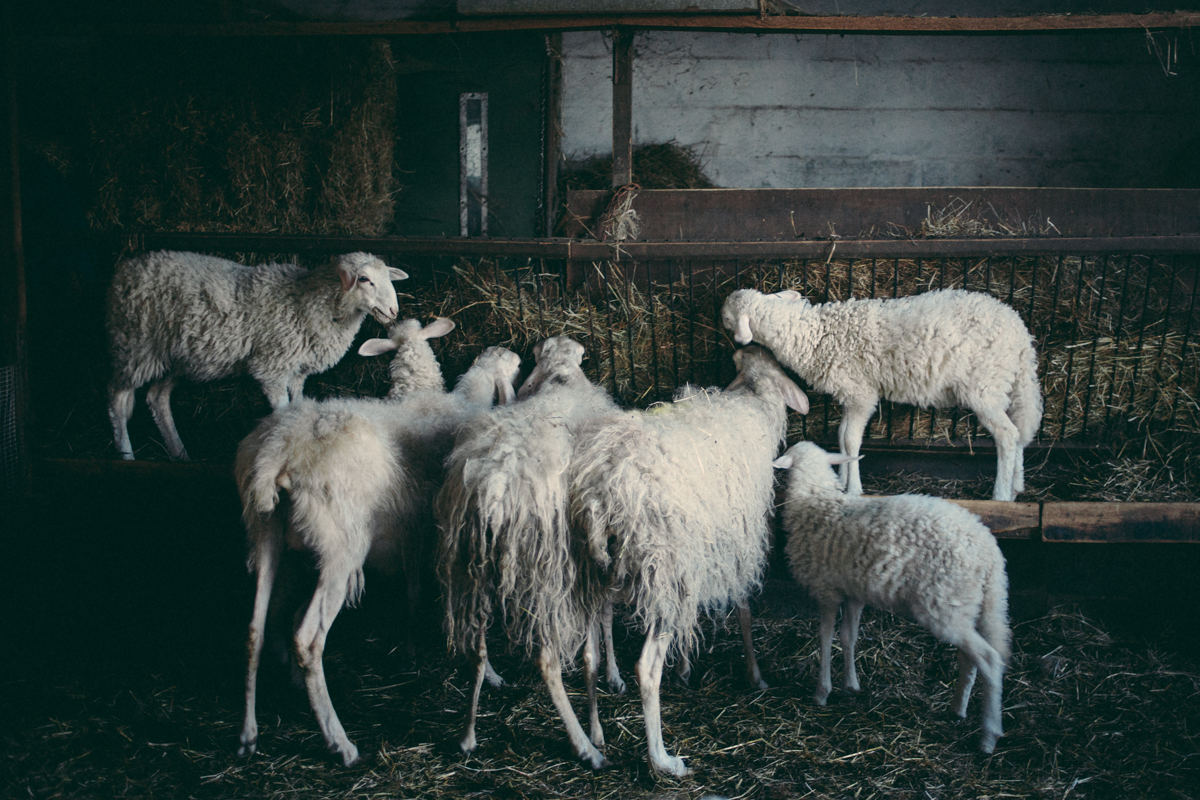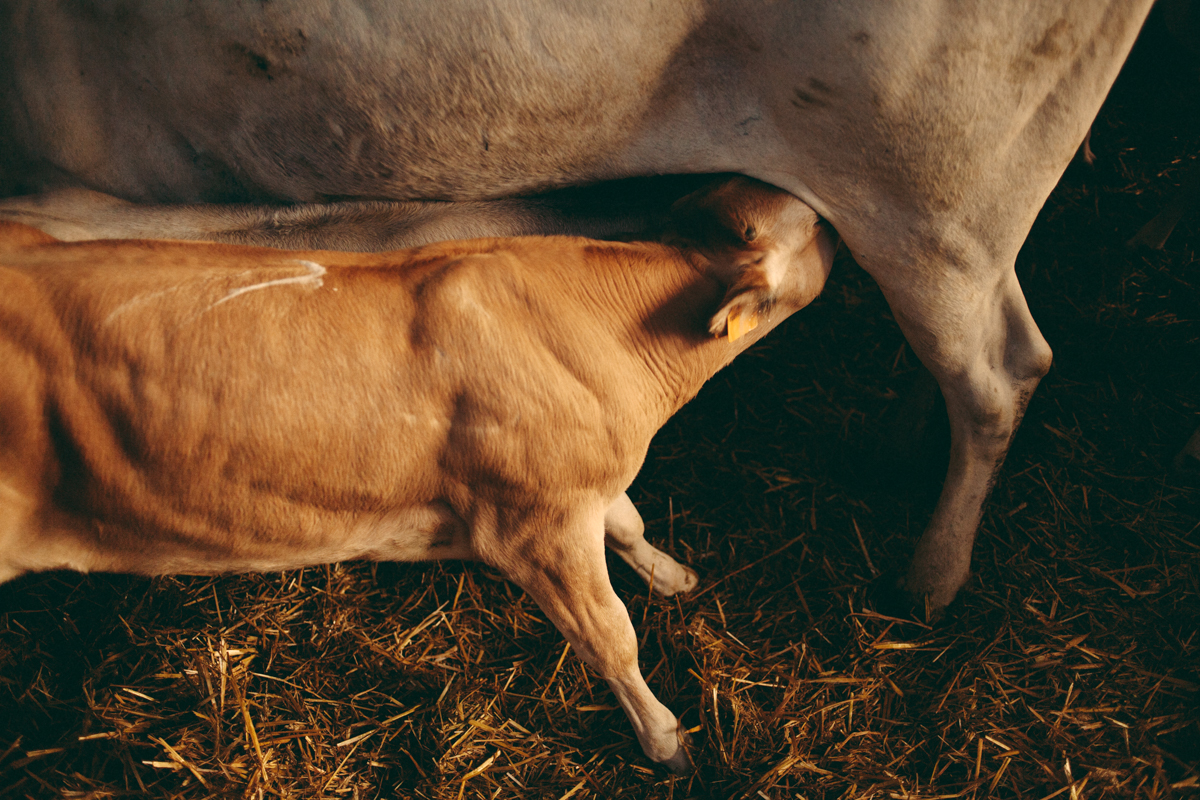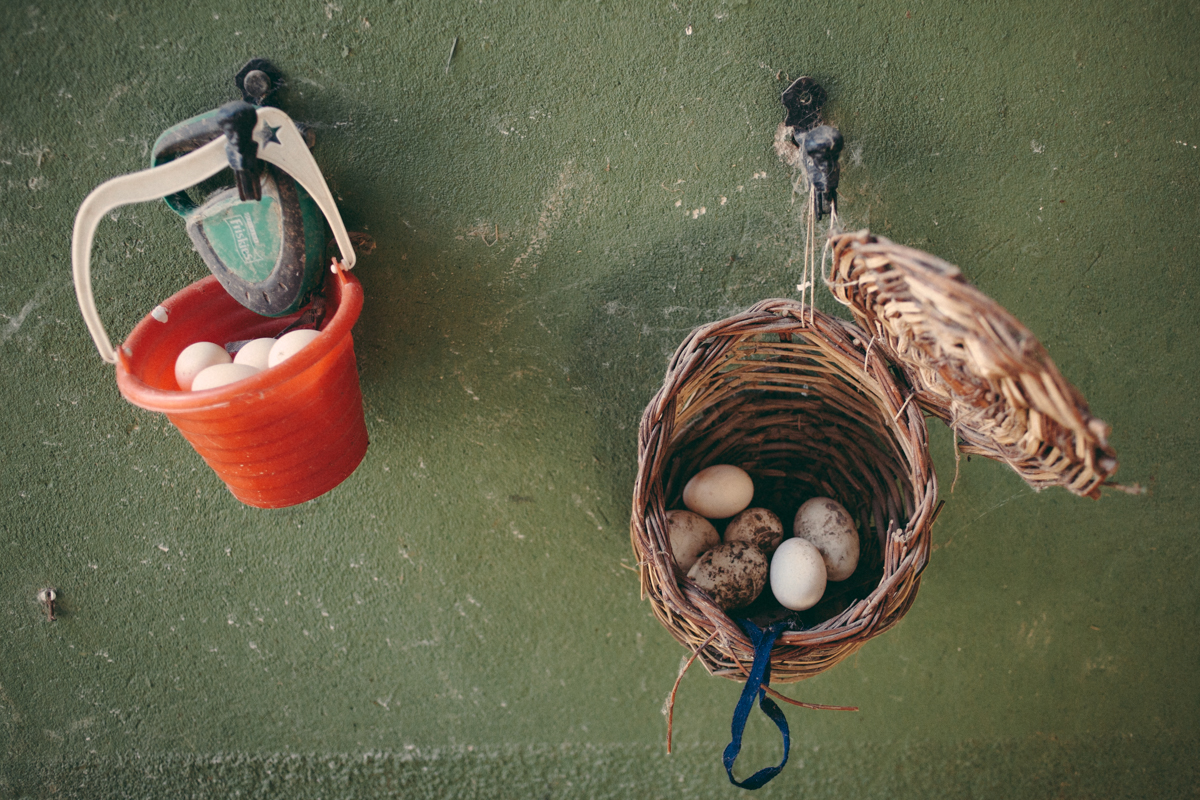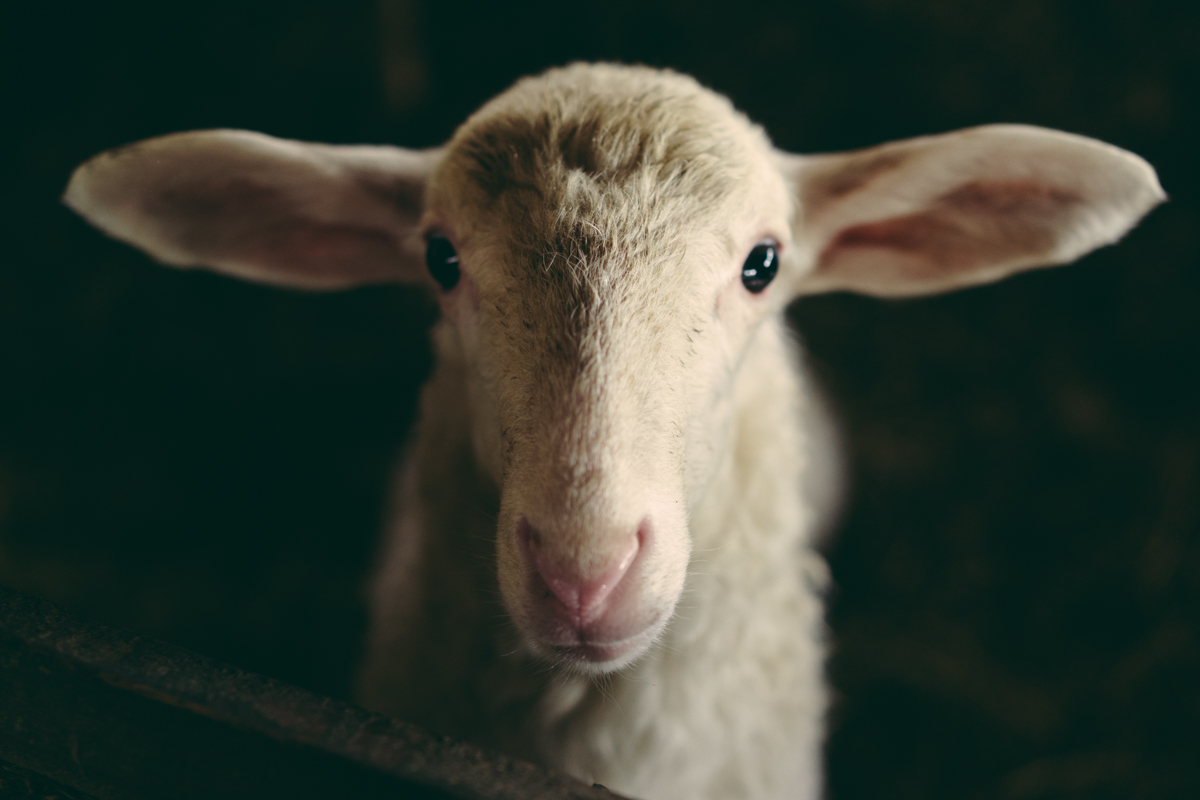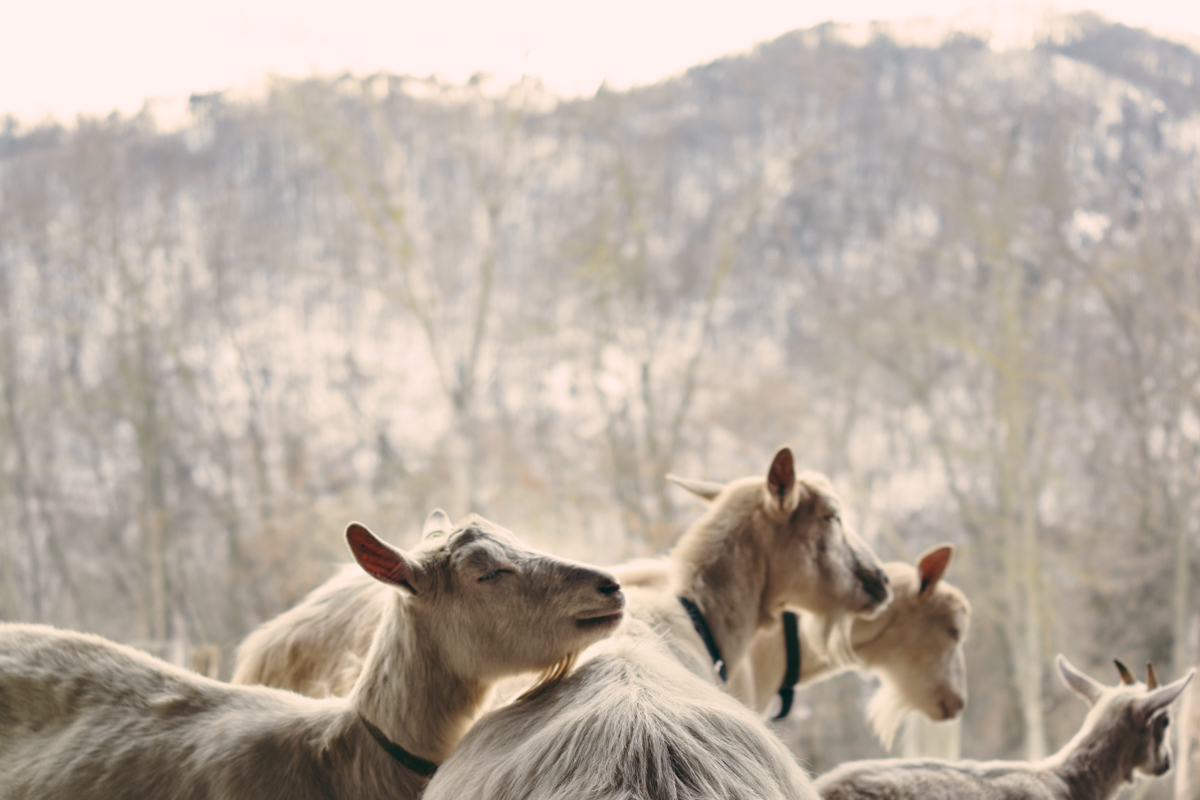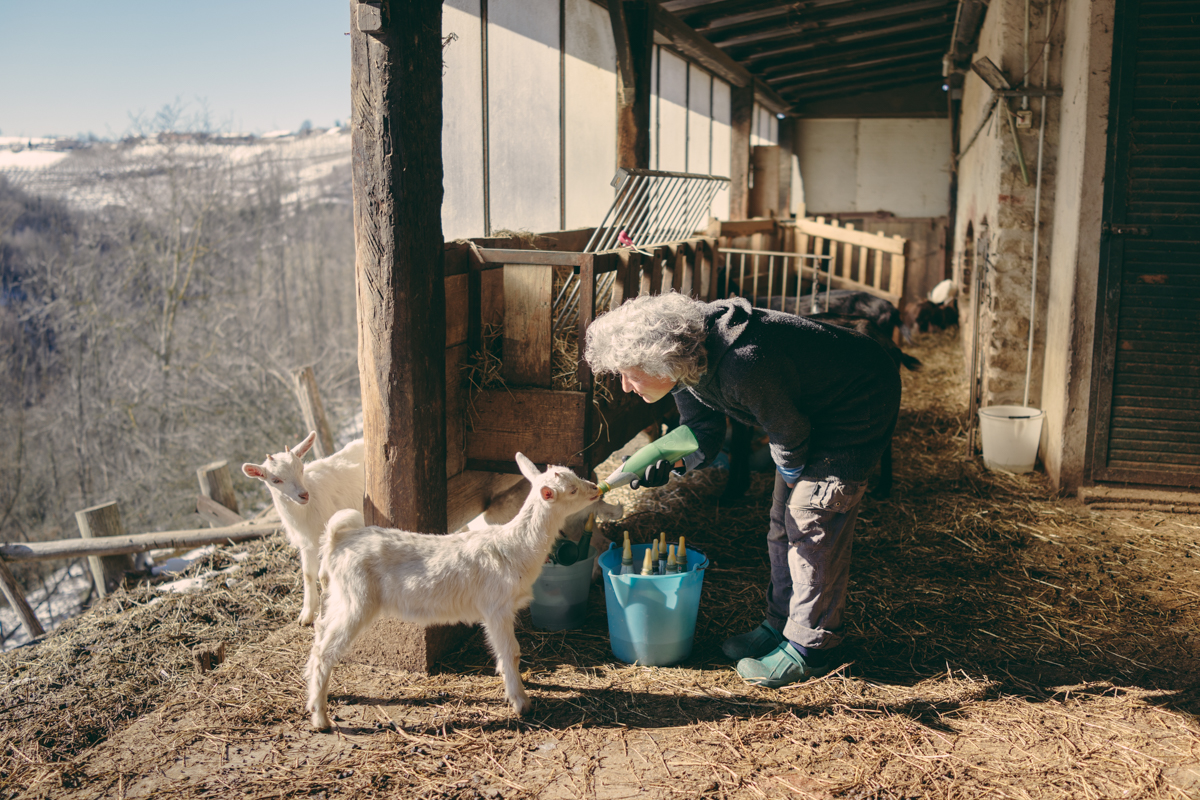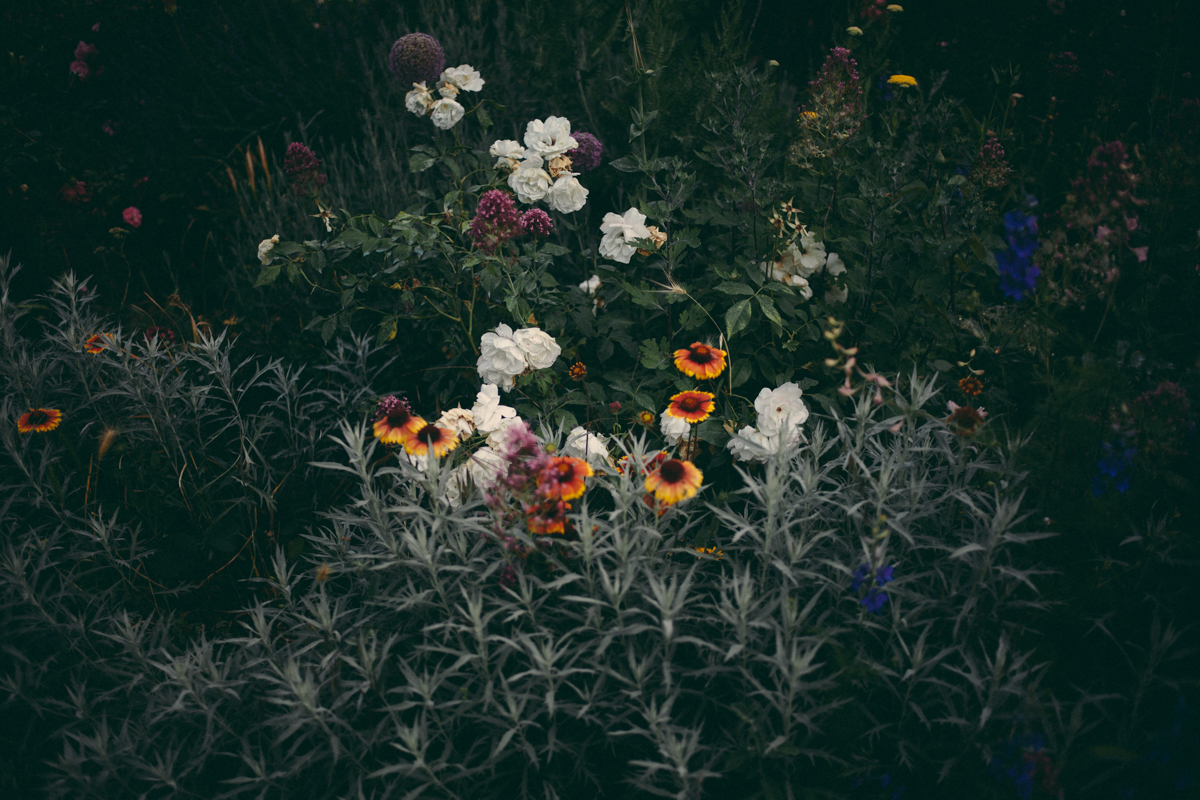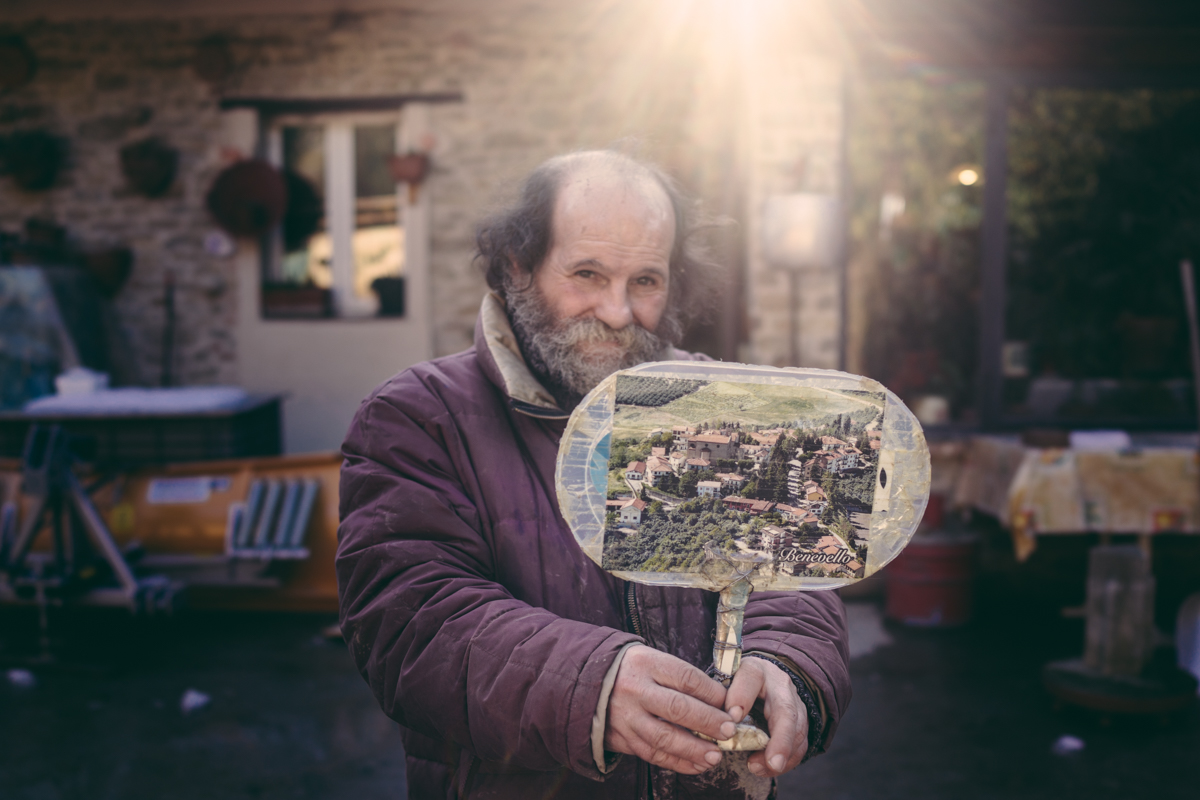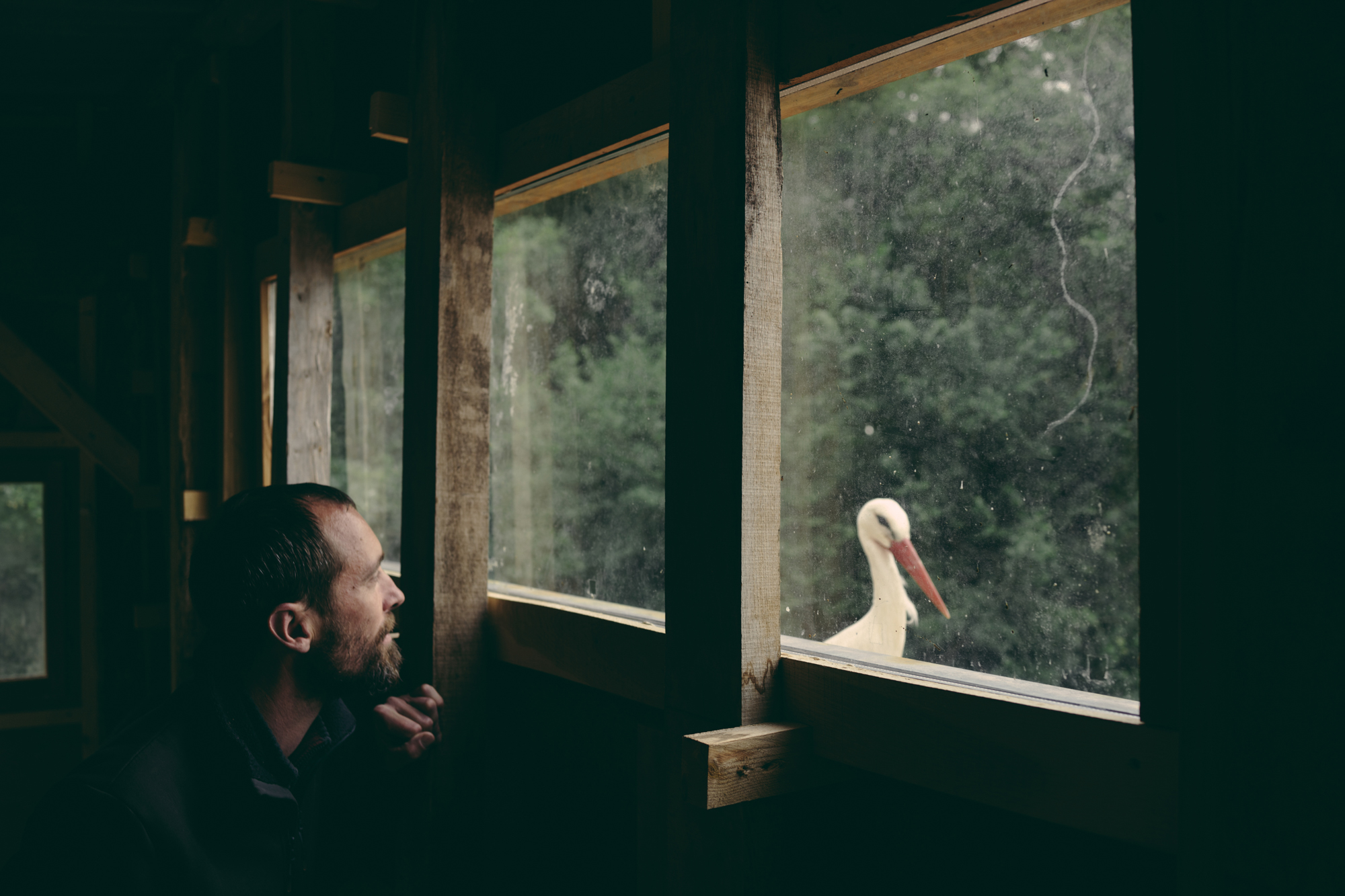
A Sensitive Education explores, through the figure of bird educator Tristan Plot, the possibilities of empathy between different natural species. The narrative, far from being a naturalist documentation, is rather focused on the emotional sphere and sensitivity of birds and humans. The photographic research develops in resonance with the delicacy of this wordless dialogue.
Tristan is a bird educator specialist in soft methods. He prepares birds for participation in theatre and dance performances or film documentaries. He also works on the new concept of ornitotherapy and mediation through the animal, creating contact between birds and people with disabilities, the elderly, prisoners, in order to promote new sensations and create a deep reconciliation between birds and humans.
When he was a child, in the forest behind his parents’ house in the Touraine, Tristan noticed that, if he remained still for a long time, the animals came out of the vegetation and it was possible to observe them. Even today, this practice of slow approach, respecting the rhythm of nature, remains essential to his educational method.
Having studied ecology, biology and ethology at the university, he developed an educational technique at the intersection of imprinting, traditional training and positive training. His method is a set of observation and predisposition of mind in harmony with the environment, according to the sensitivity of the other and in relation to expression and behavior codes which are different from the human ones.
Tristan, through the intuition of animality as something delicate, subtle and minimal, defines the relationship with birds as an exclusive bond able to reconcile the rhythm of the species with the individual one. His research is based on the understanding of the sensitivity of birds and aims to recover that ability, which got lost over the course of evolution, of perceiving the minimal variations and micro movements that are the expressive world of animals.
France, 2017/2019
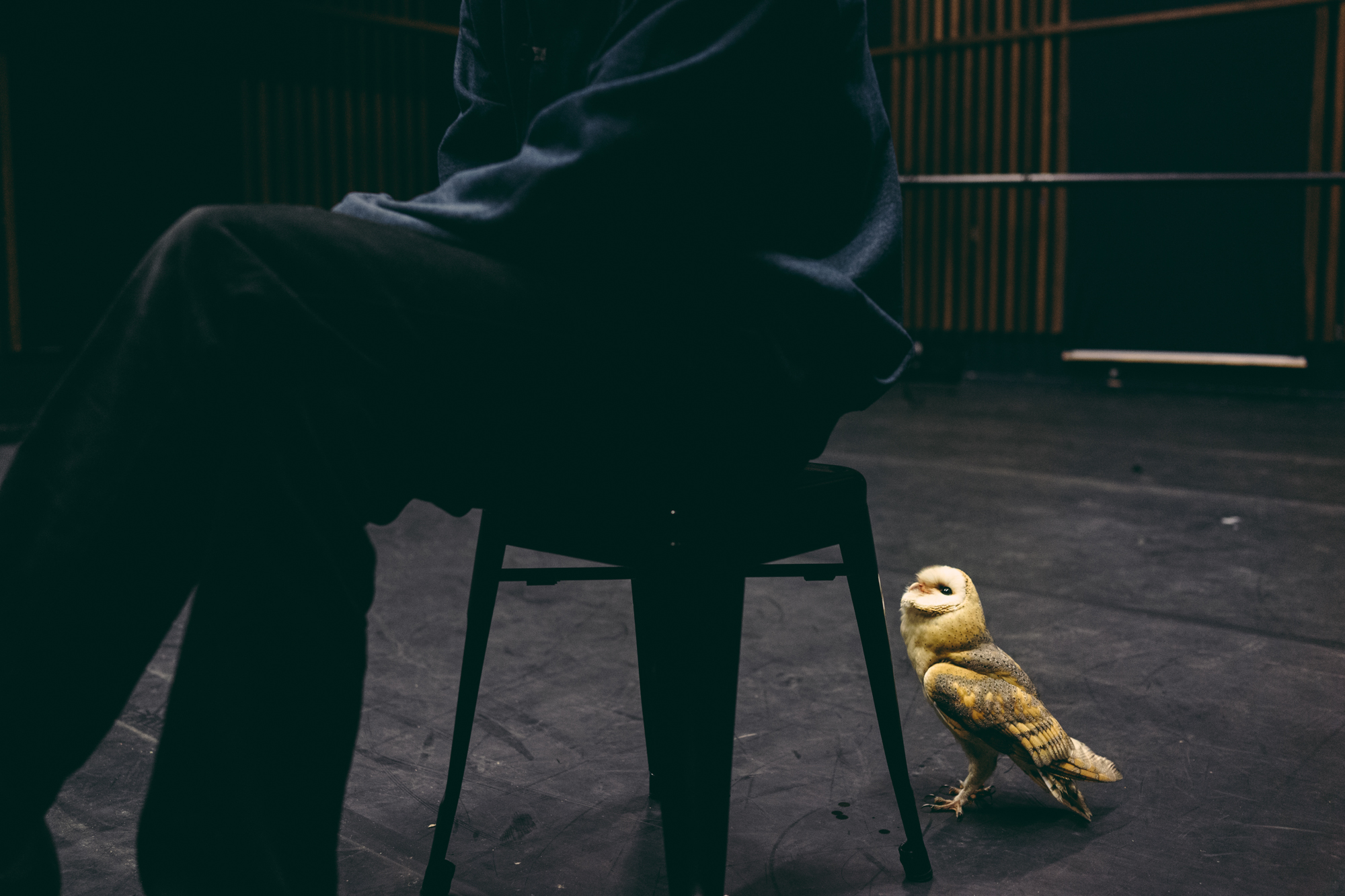
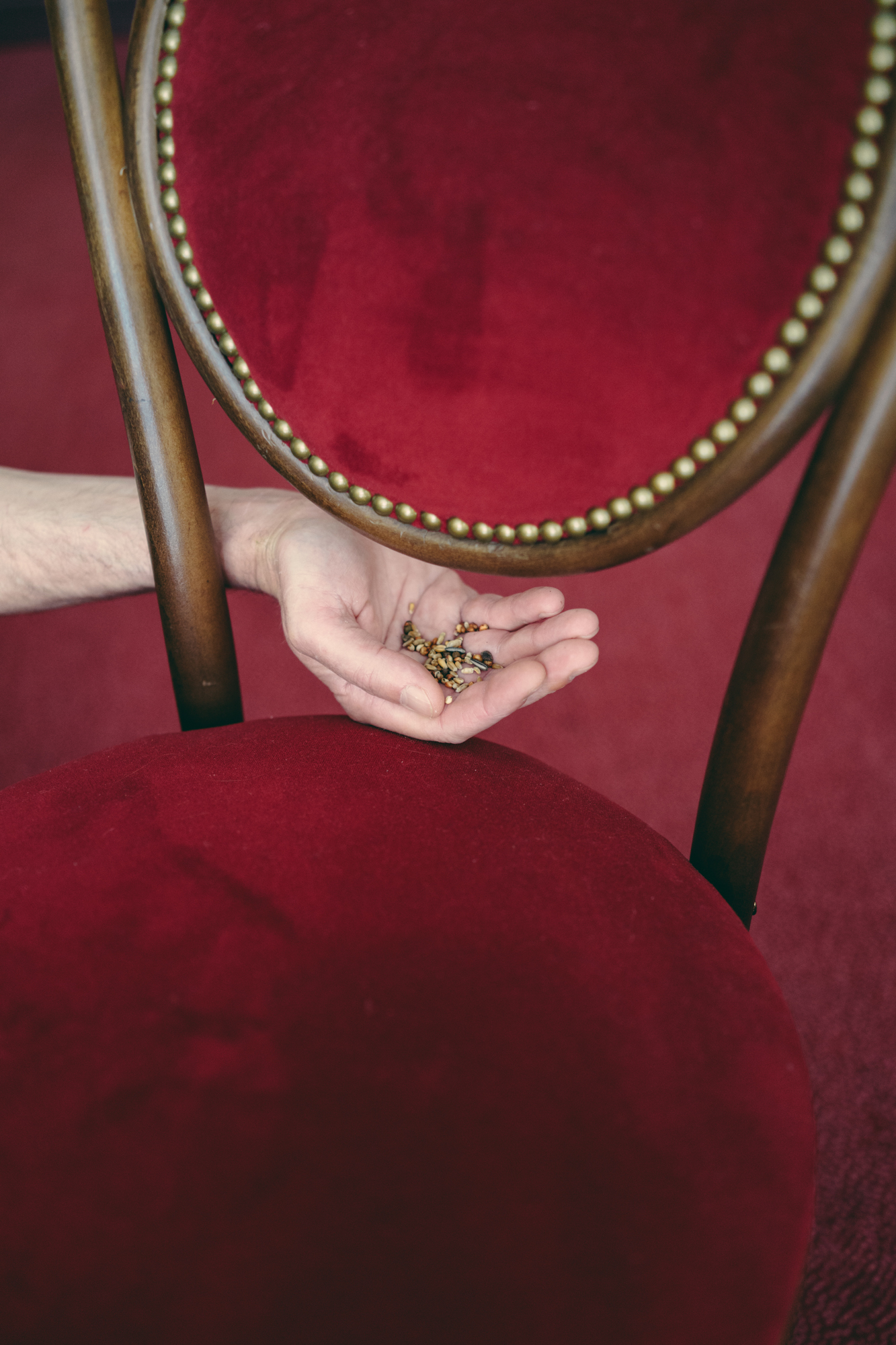
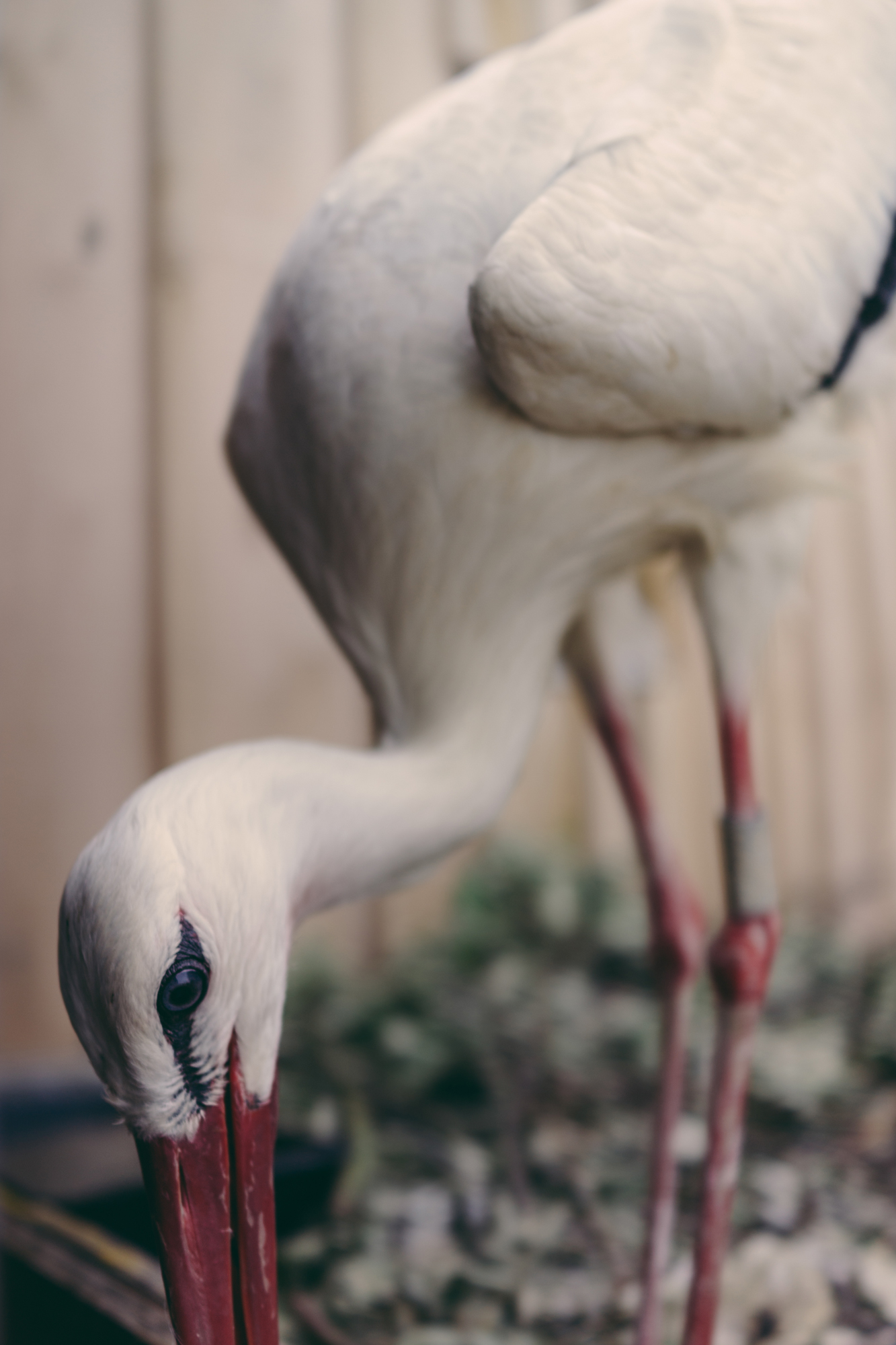

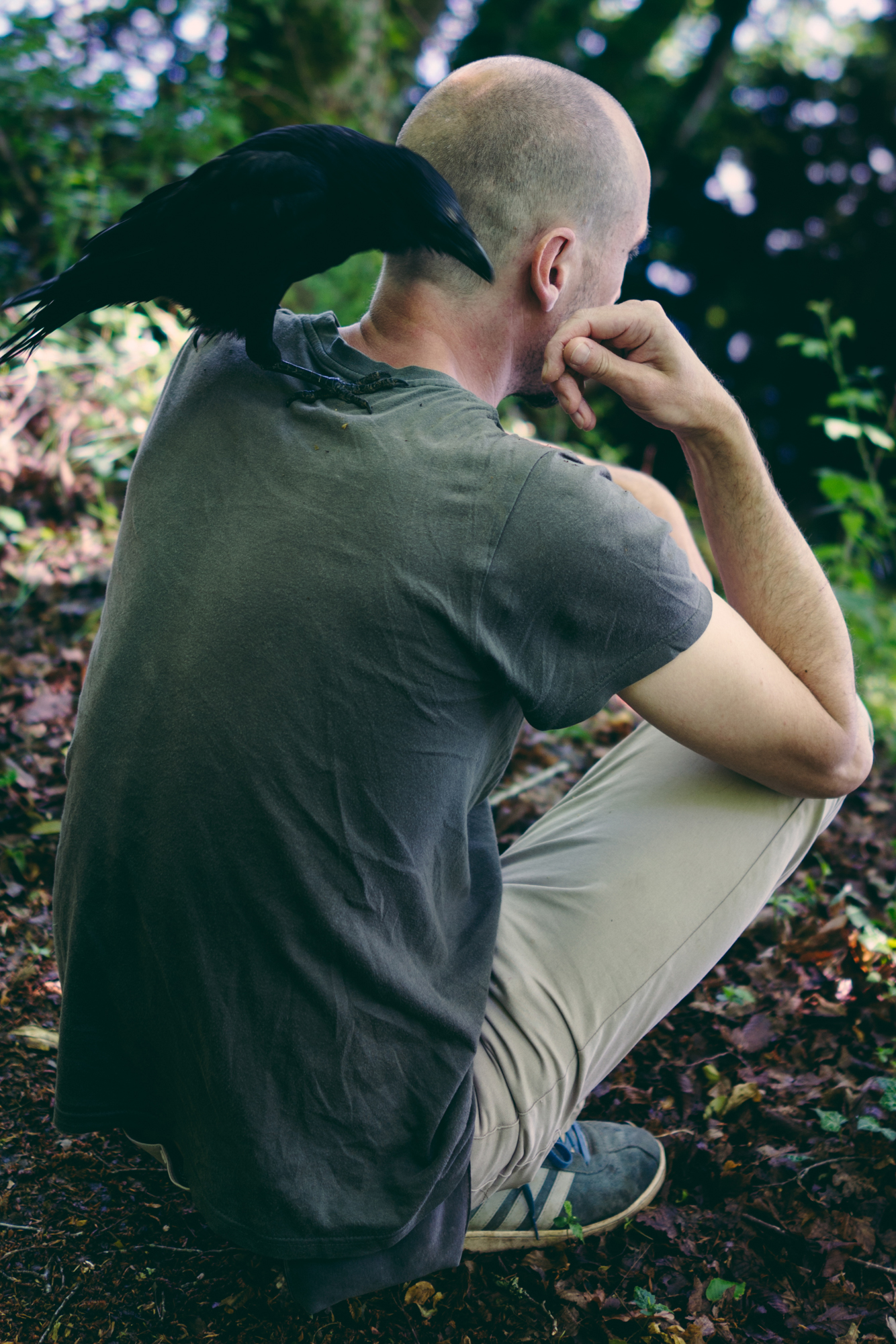
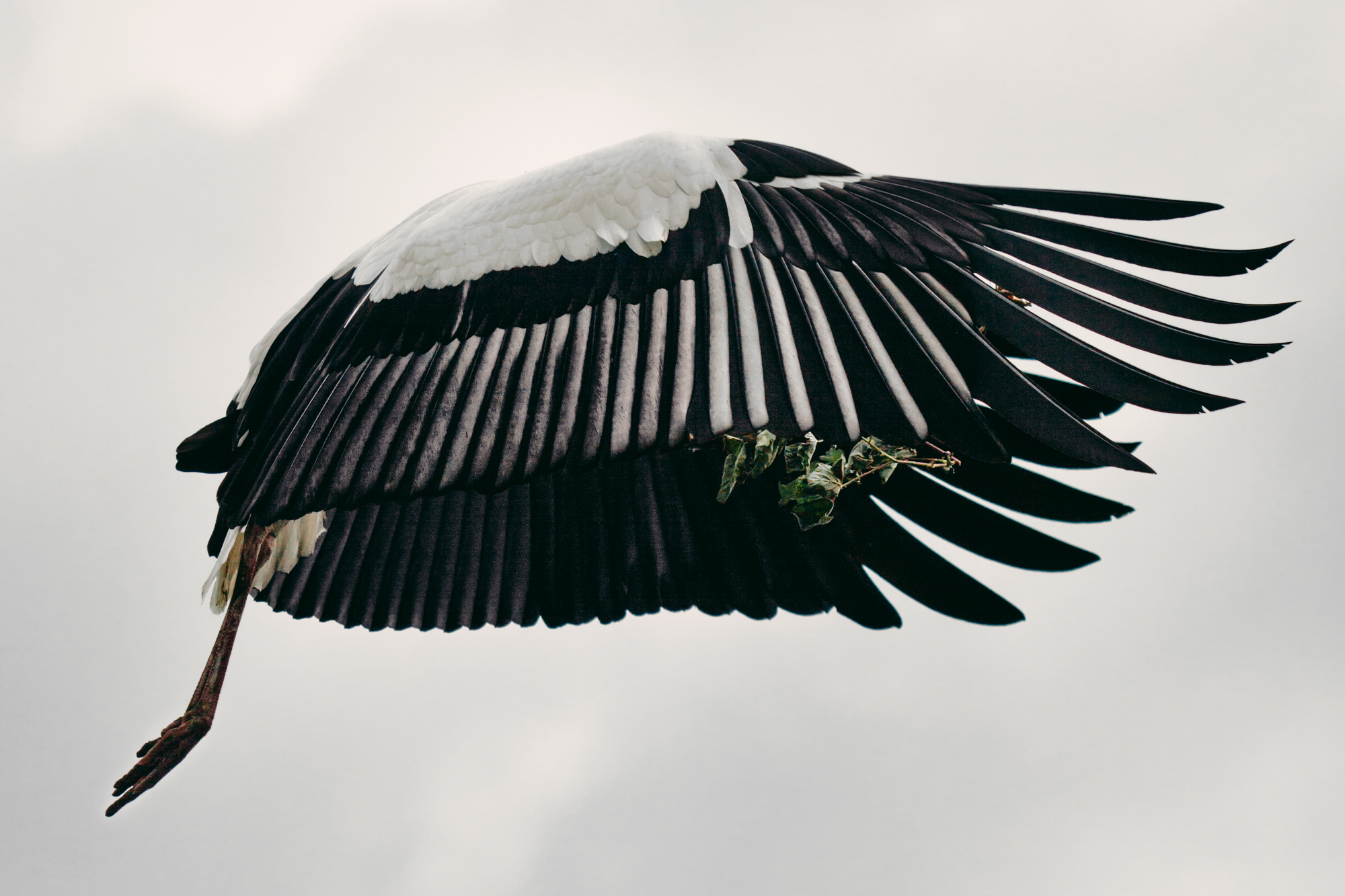
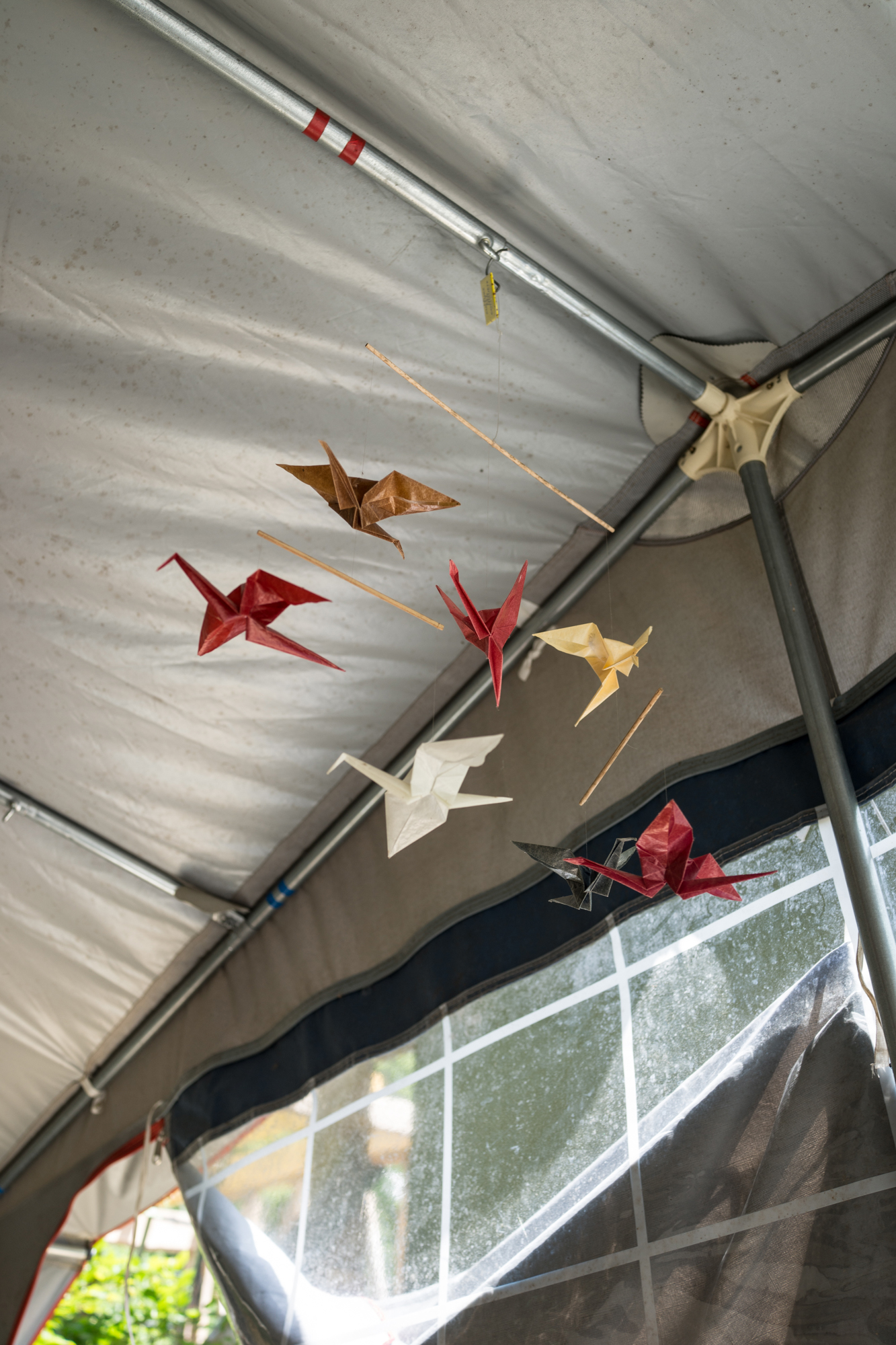
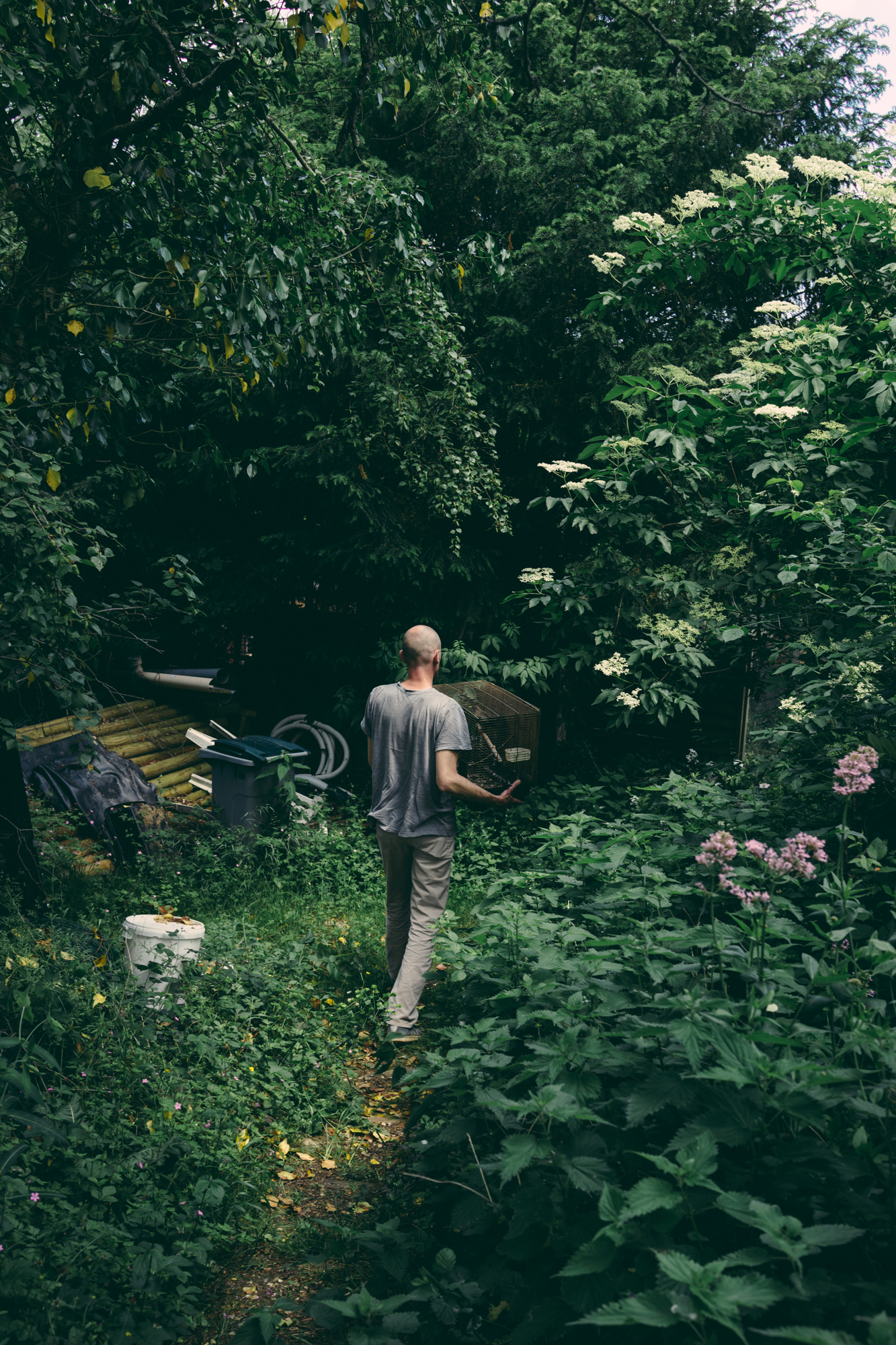
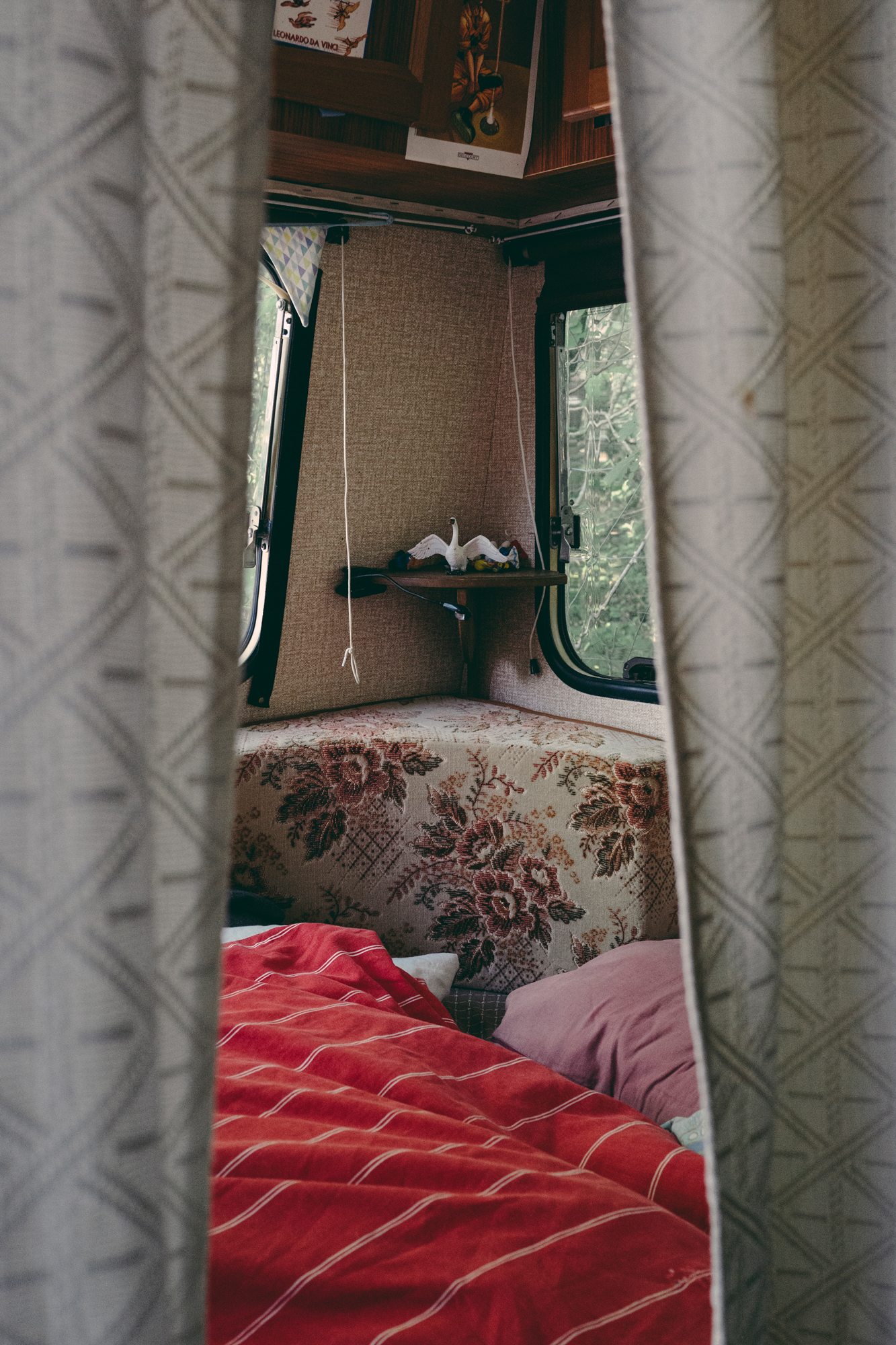

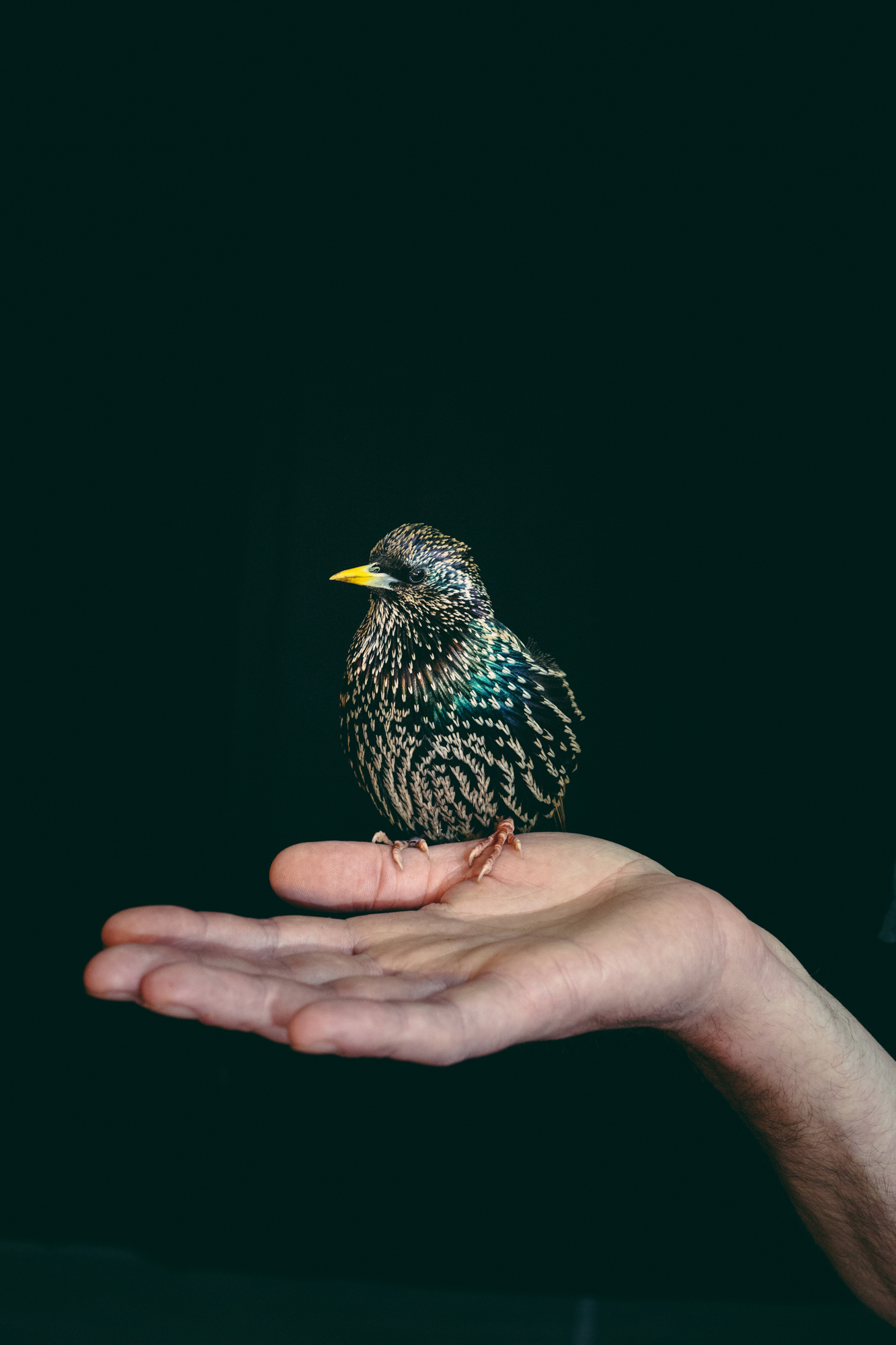

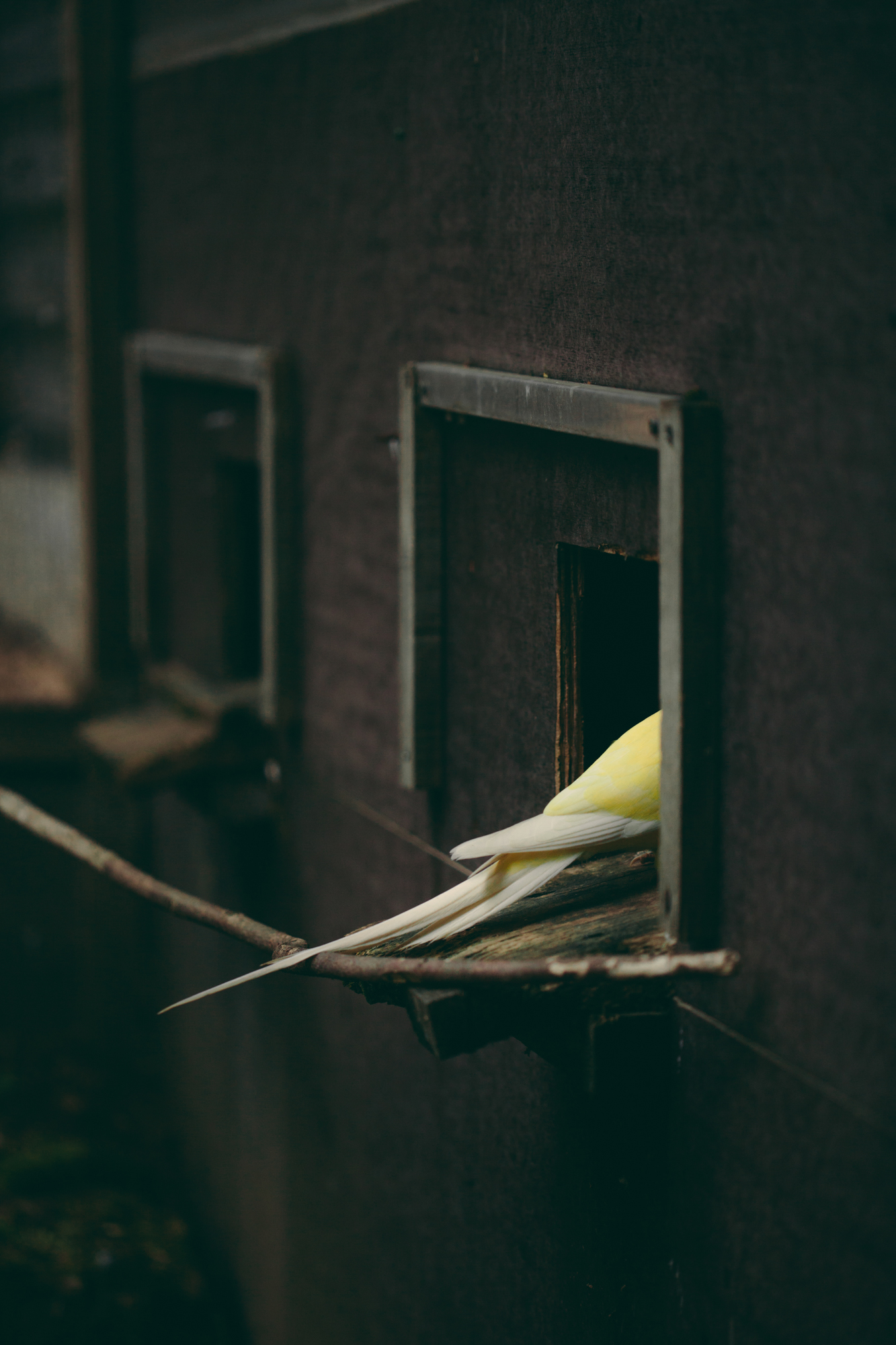
Publications and Interviews:
British Journal of Photography by Frankie Lister-Fell
Pellicola Magazine by Anna Bulgarelli
Vogue by Francesca Marani
Domus by Raffaele Vertaldi
Fisheye Magazine by Eric Karsenty
Tending to the Garden by Matthew Dunne
Rolling Stone Italia by Francesca Orsi
Zadig Magazine
Dlui di Repubblica
Marie Claire Italia
Selected exhibitions:
Circulation(s) Paris
Cortona on the Move
PVF Helsinki
ARCOOP wall project Geneve
Les Boutographies (projection)
Les Nuits de Pierrevert
BYOPaper! Les Rencontres d’Arles
Officine Fotografiche Milano
The book A Sensitive Education was released in January 2020 by the independent publishing house Départ Pour l’Image, of which the author is co-founder.
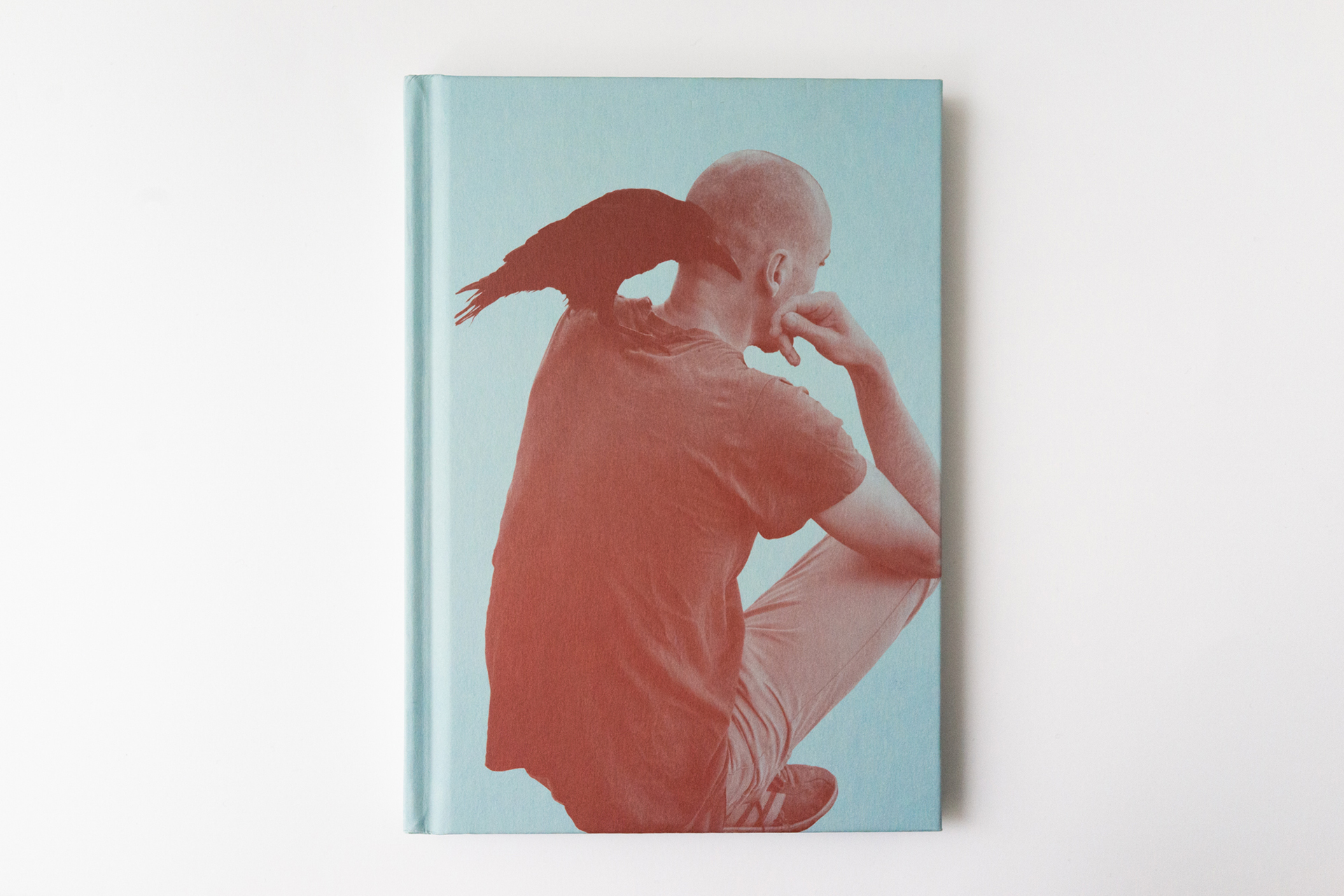
A Sensitive Education, Départ Pour l’Image editions, 2020
Book details:
112 pages
148x210 mm
Hard Cover
4-color offset with UV
Fedrigoni Woodstock, Fedrigoni Arcoset, Surbalin Glatt
First Edition 300: January 2020
Second Edition 500: May 2021
ISBN 978 88 944622 2 7
www.departpourlimage.com
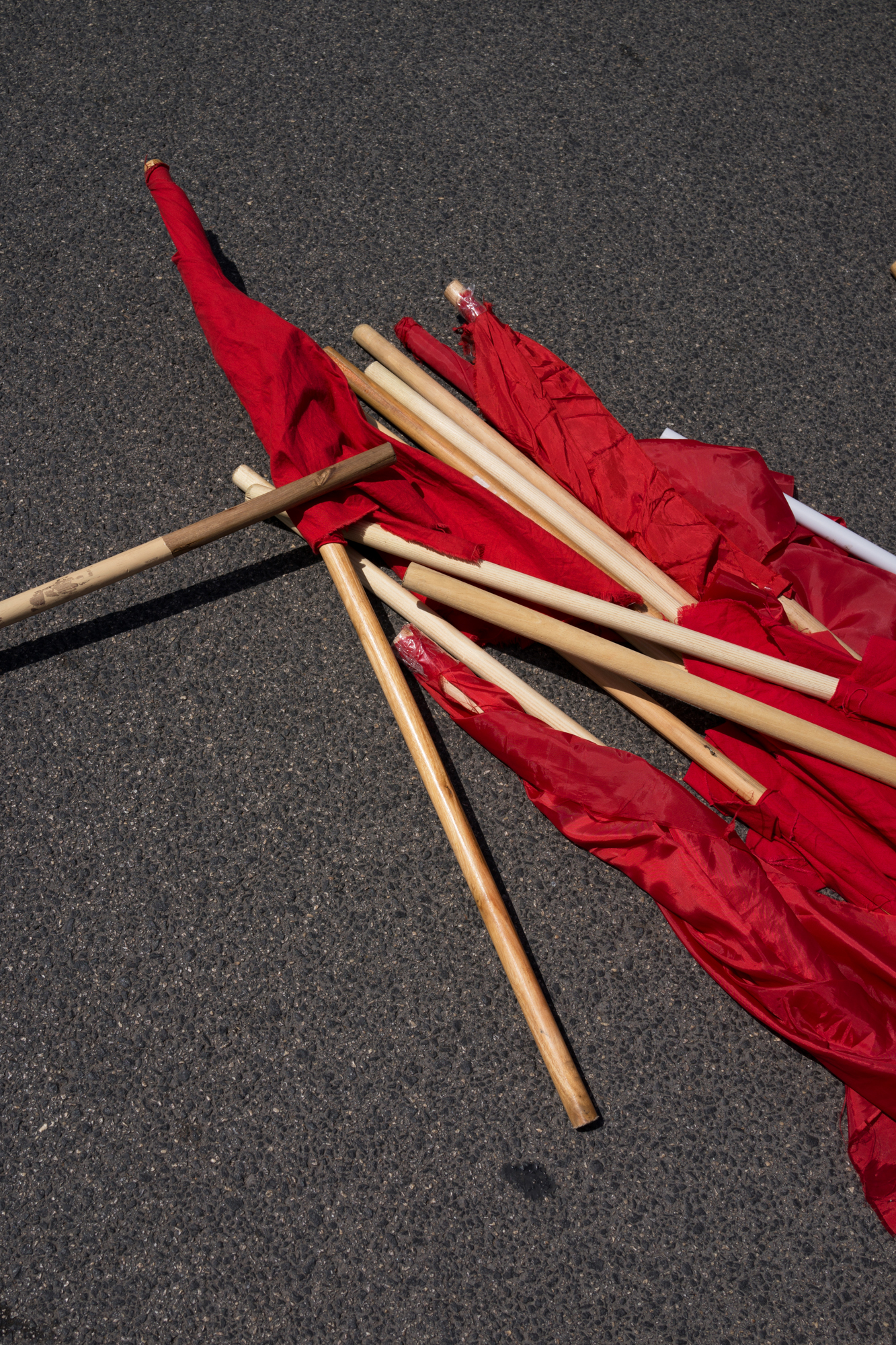
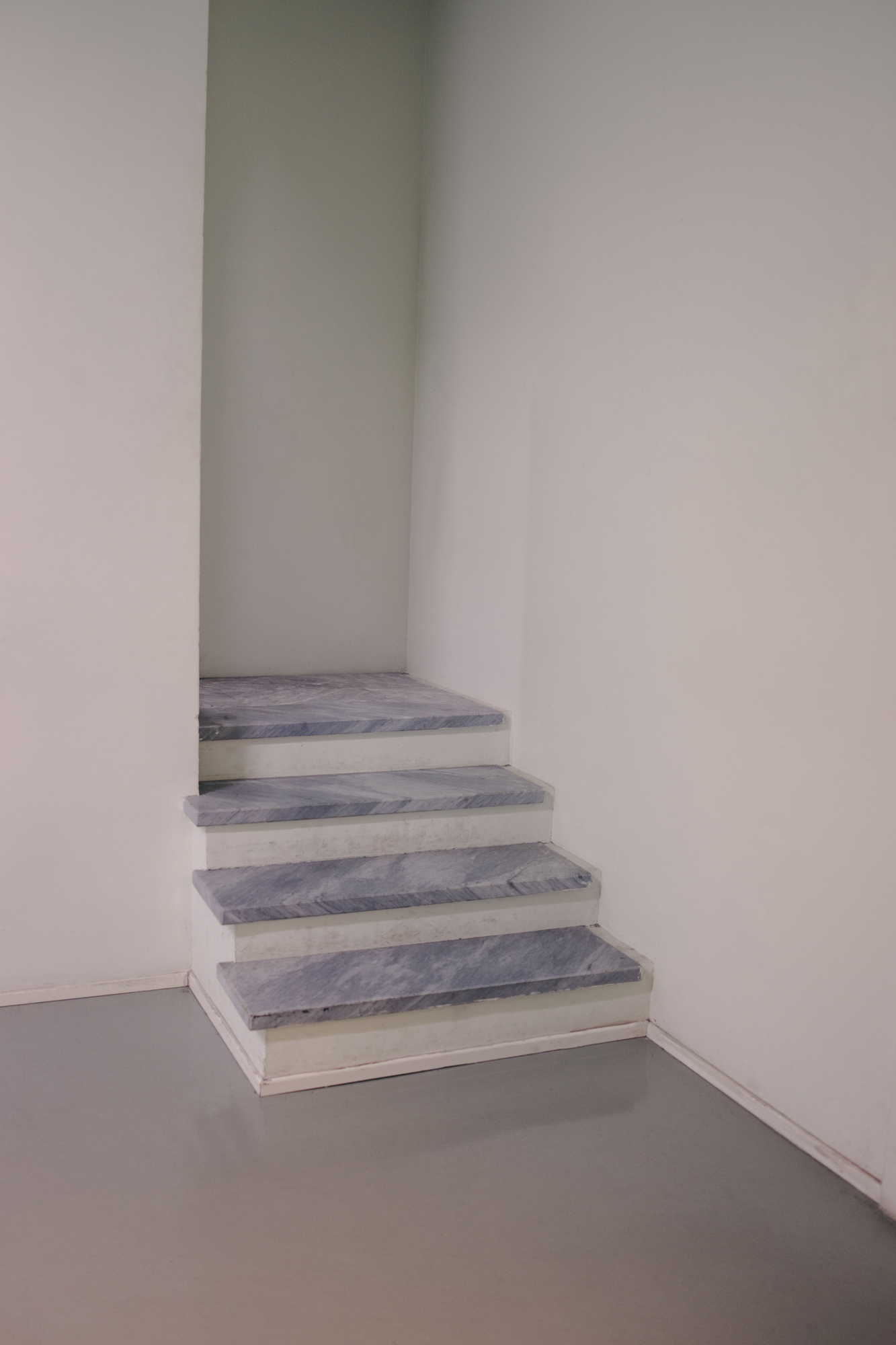
1- Day of Liberation from Nazi-Fascism, April 25, 2018, Rome. During the Second World War Goliarda Sapienza joined the Resistance and participated in the liberation from Regina Coeli prison of Sandro Pertini and Giuseppe Saragat.
2- Interior of the Centro Sperimentale di Cinema in Rome, where Goliarda taught in the last years of her life.
Goliarda Sapienza is today recognized as one of the most important Italian authors, but during her life she has long been opposed and rejected by the political and literary environment. At her death in 1996, not even a page of her work was in bookstores. Two years later, her husband Angelo Pellegrino decided to publish L’Arte della Gioia at his own expense, whose manuscript lay in a chest after numerous editorial refusals.Thus the vital circuit that led to the publication of the book in France in 2005 was activated, where it was acclaimed as one of the European masterpieces of the twentieth century. In 2008 Einaudi began to publish his entire work also in Italy.

Brothers and friends of Sapienza in 1927 on the Playa beach in Catania, Goliarda is the 3-year-old girl on the right. A man is colored in red pencil by a childish hand, no one knows why. © Sapienza Pellegrino Archive
The Red Man project is an investigation into the imagery of Goliarda Sapienza.
Partisan, anarchist and forerunner of gender issues, prepared by the family for the heroism of times of war and much less at ease in the long post-Christian Democratic post-war period, Sapienza knew the psychiatric hospital and the electroshock and later the jail for a jewelry theft. Through the images, starting from a re-reading of the texts and from the deepening of the places and the stories related to her, the project aims to renew and enrich the hypotheses around her work and show her profile in a different light. Thanks to the meeting with Angelo Pellegrino, husband of Sapienza, I was able to access the manuscripts and archives of the family and give shape to the historical framework of the project.
Italy, 2017 / Ongoing.

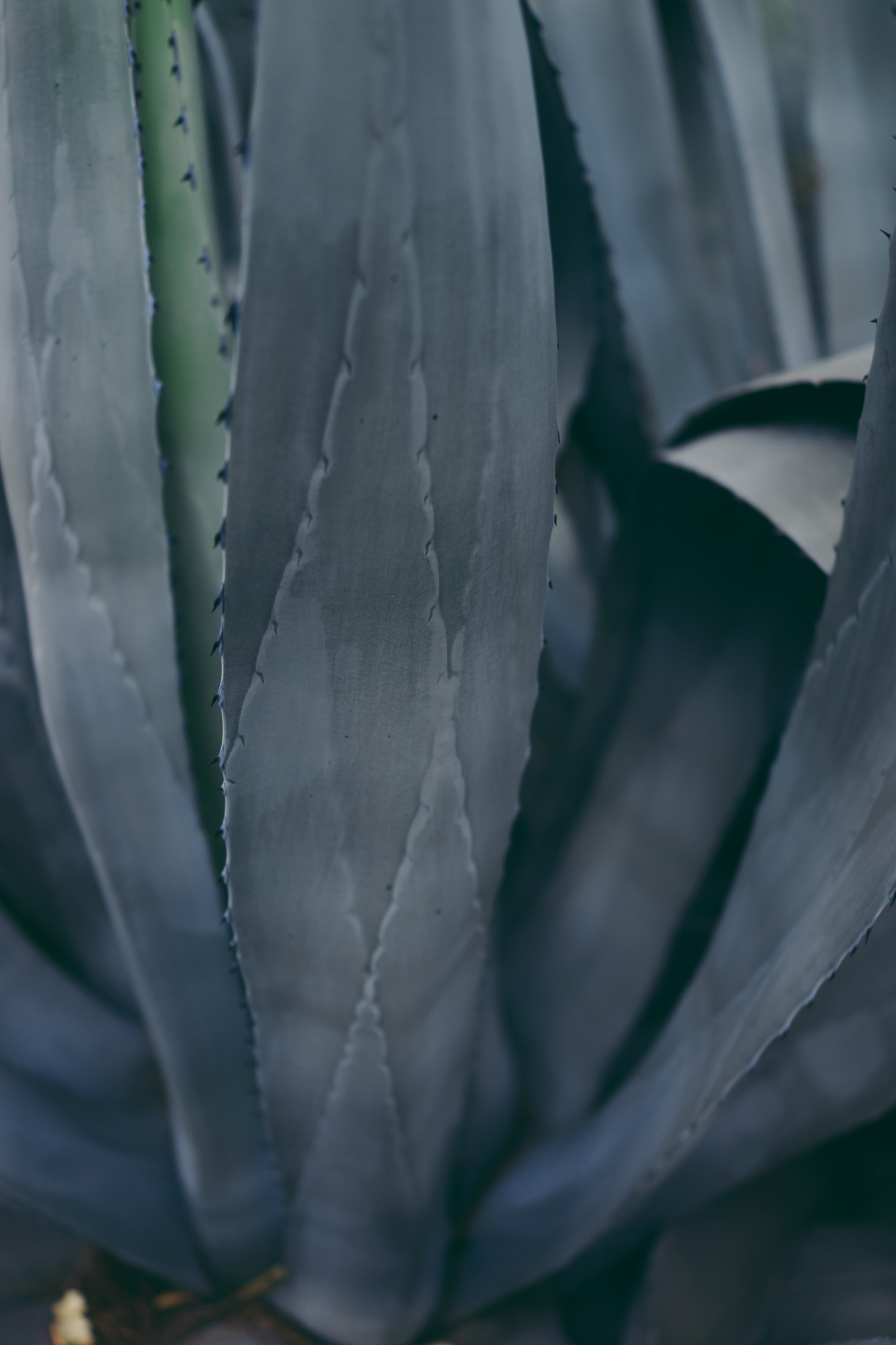
1- The stairs of the family house of Goliarda, in via Pistone 20 in Catania.
2- Agave leaf in the Villa Bellini, Catania.
2- Agave leaf in the Villa Bellini, Catania.

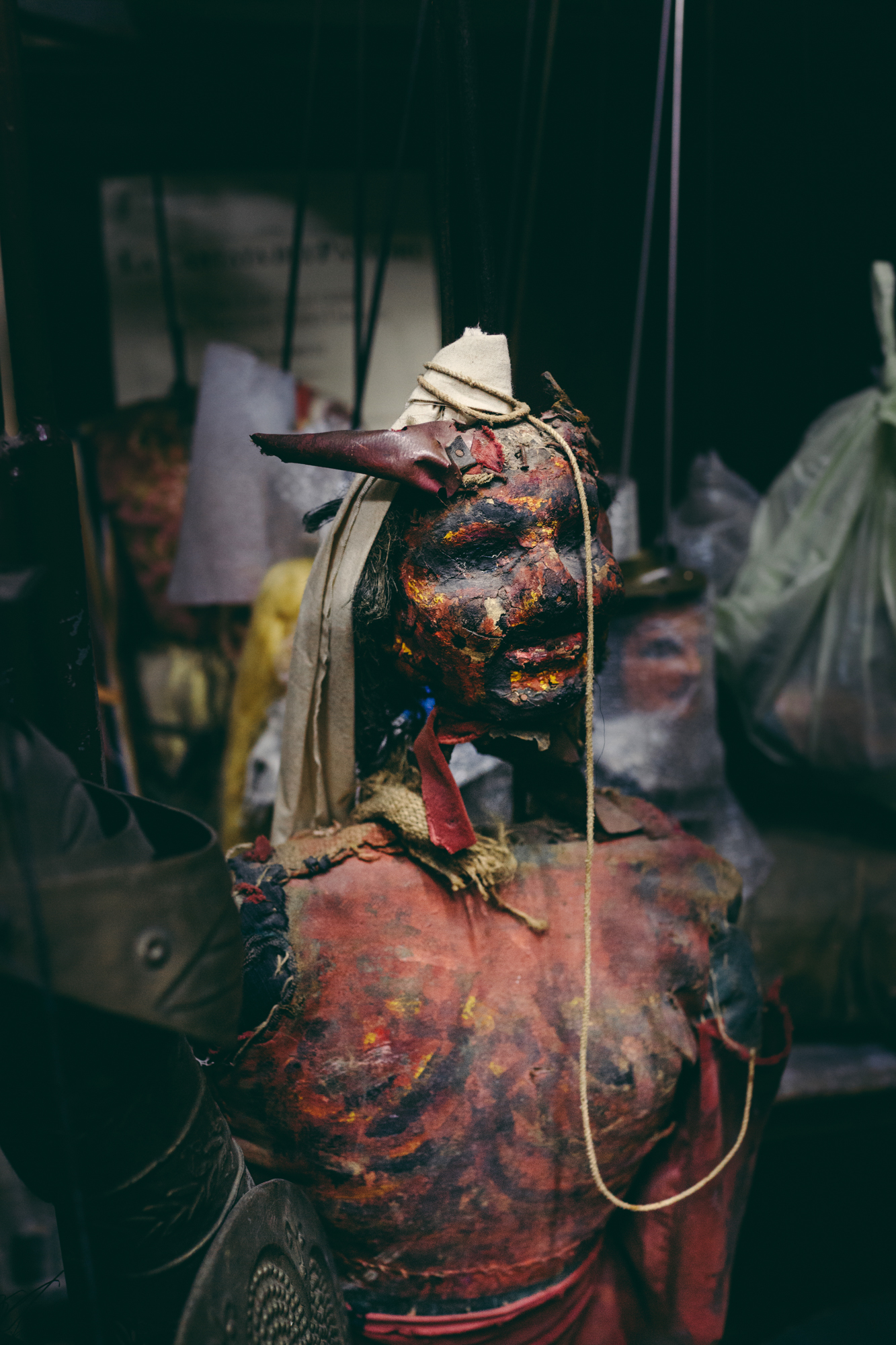
1- Isola Lachea, birthplace of volcano Etna, Aci Trezza, Catania2-
Pupo in the atelier of the puppeteers Fratelli Napoli in Catania.
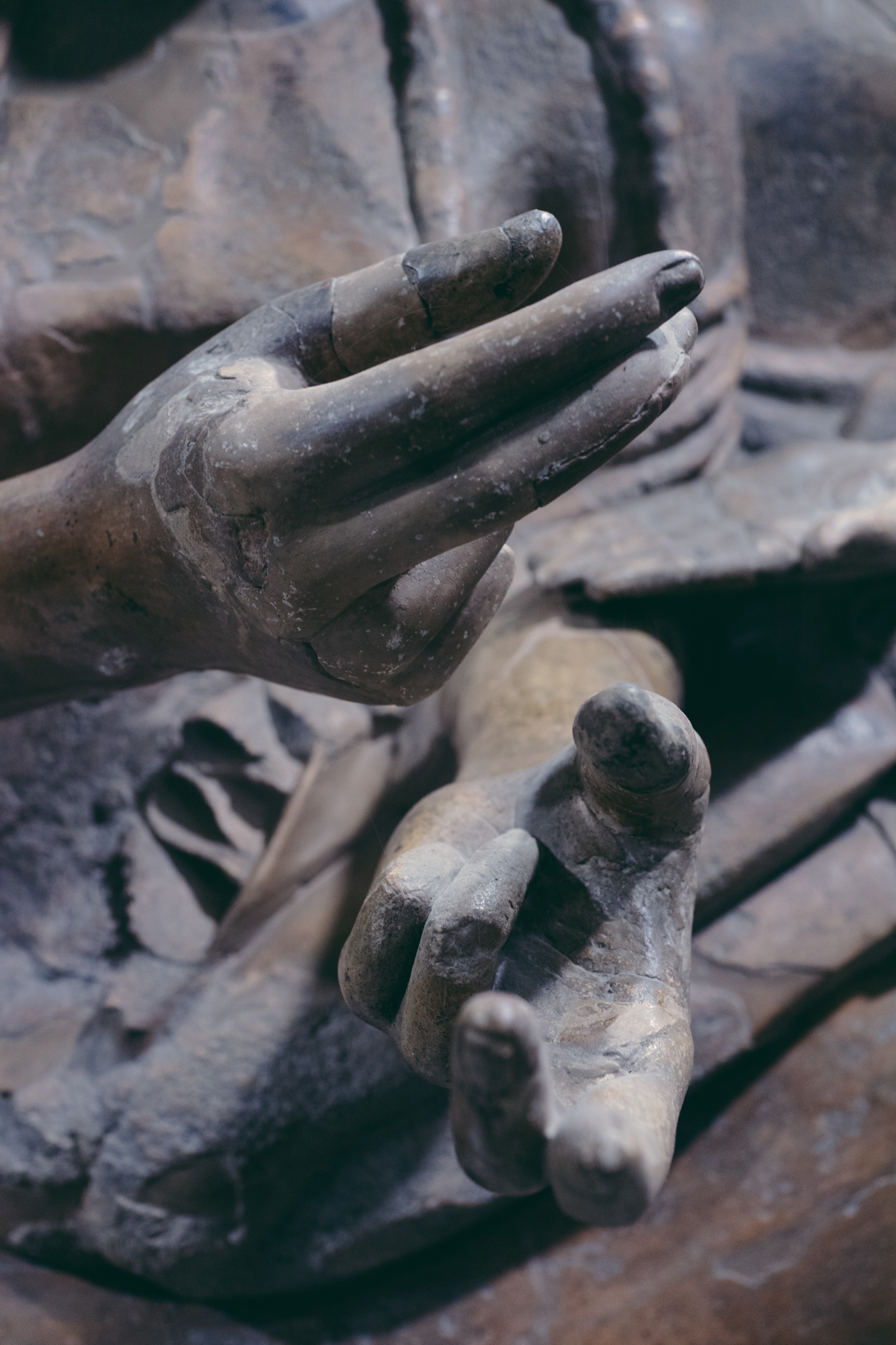
Detail of the hands of the Sarcophagus of the Bride and Groom, Etruscan Museum of Vila Giulia, Rome.
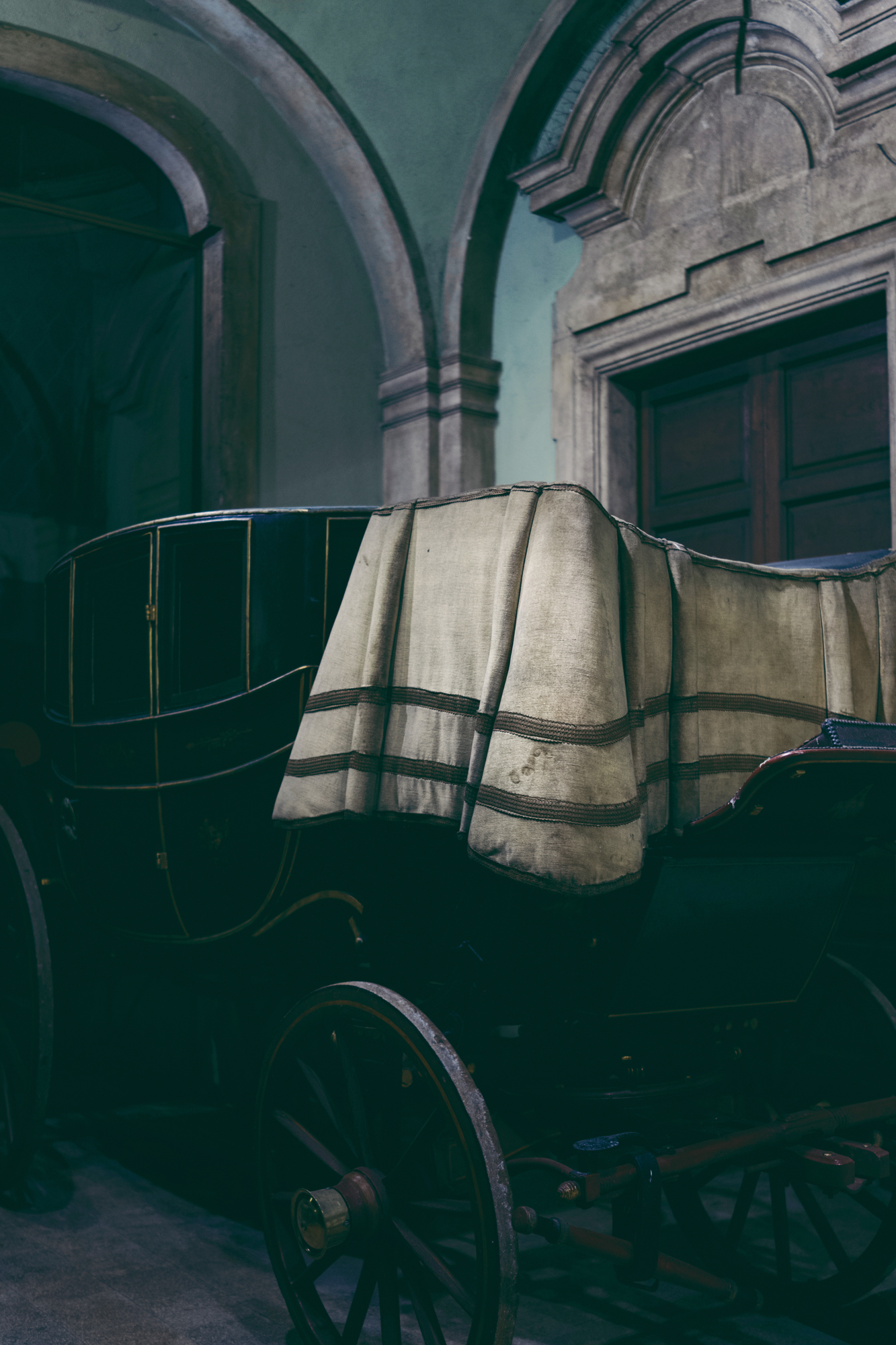
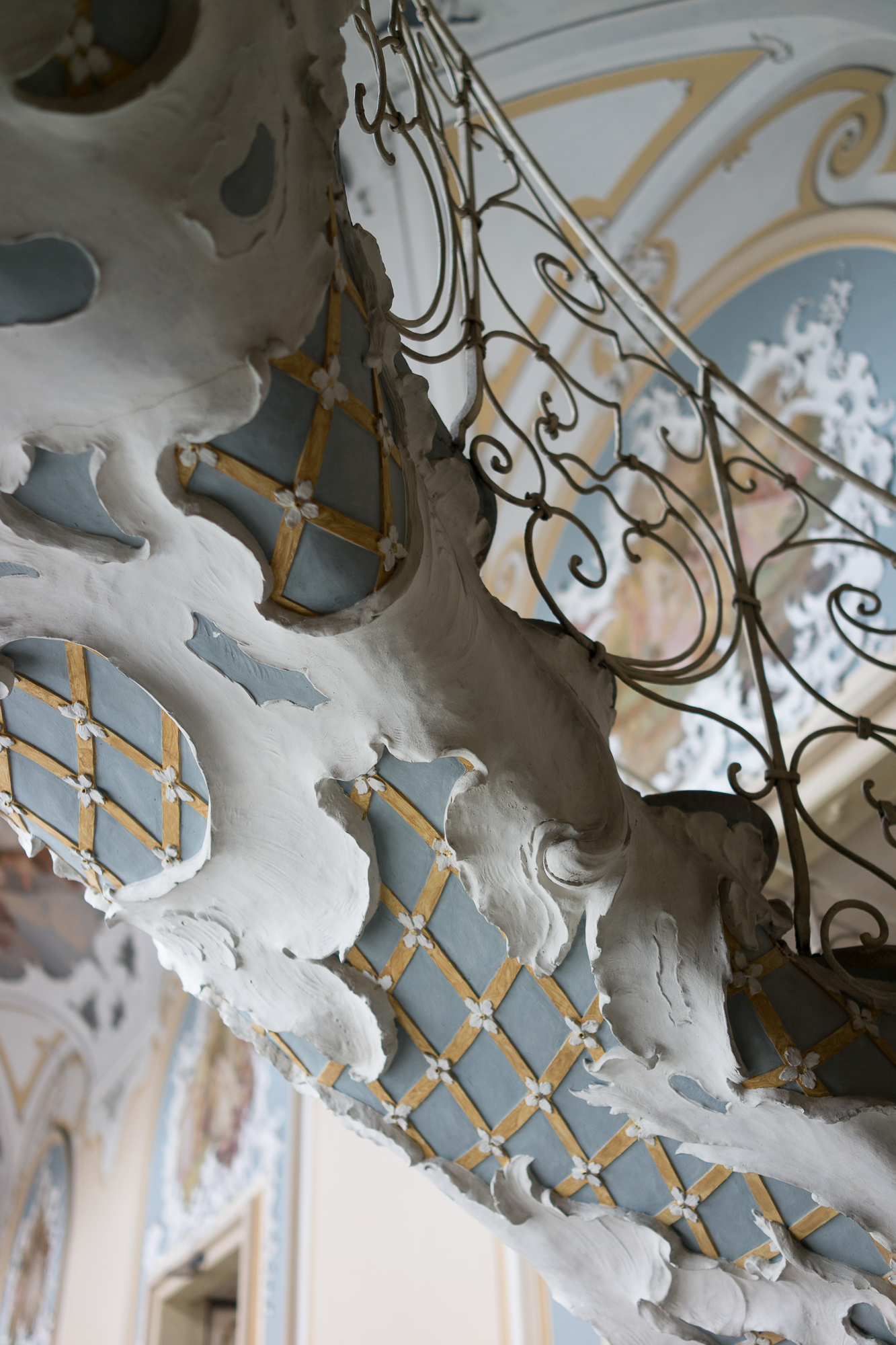
1- Carriage for the procession of Sant’Agata, Catania.
2- One of the masterpieces of Rococo in Sicily, the spiral staircase of Palazzo Biscari in Catania.

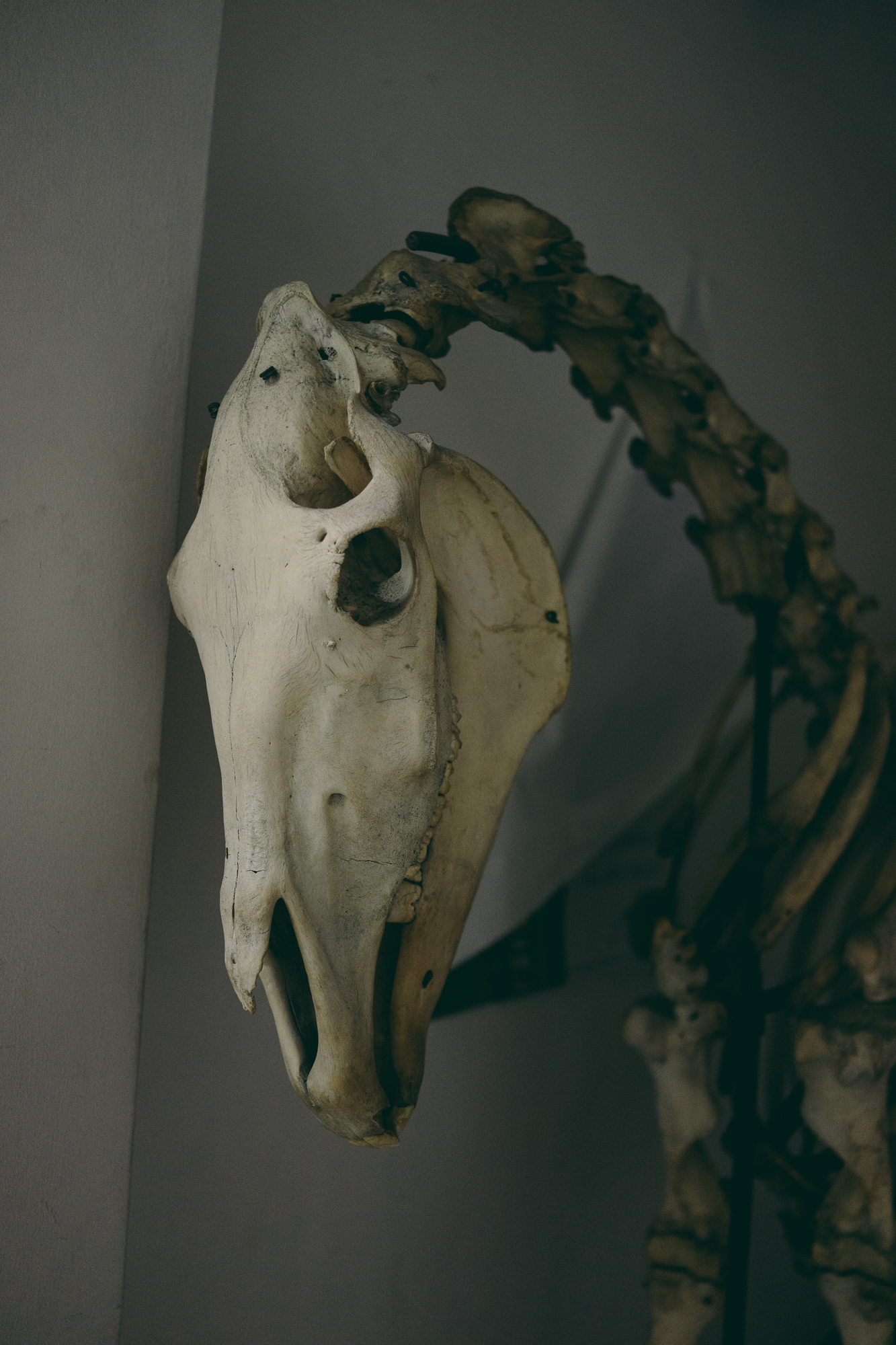
1- The railway passes among the lava on the slopes of the volcano Etna, Catania.
2- Skeleton of a horse in the Museum of Natural History of Catania.
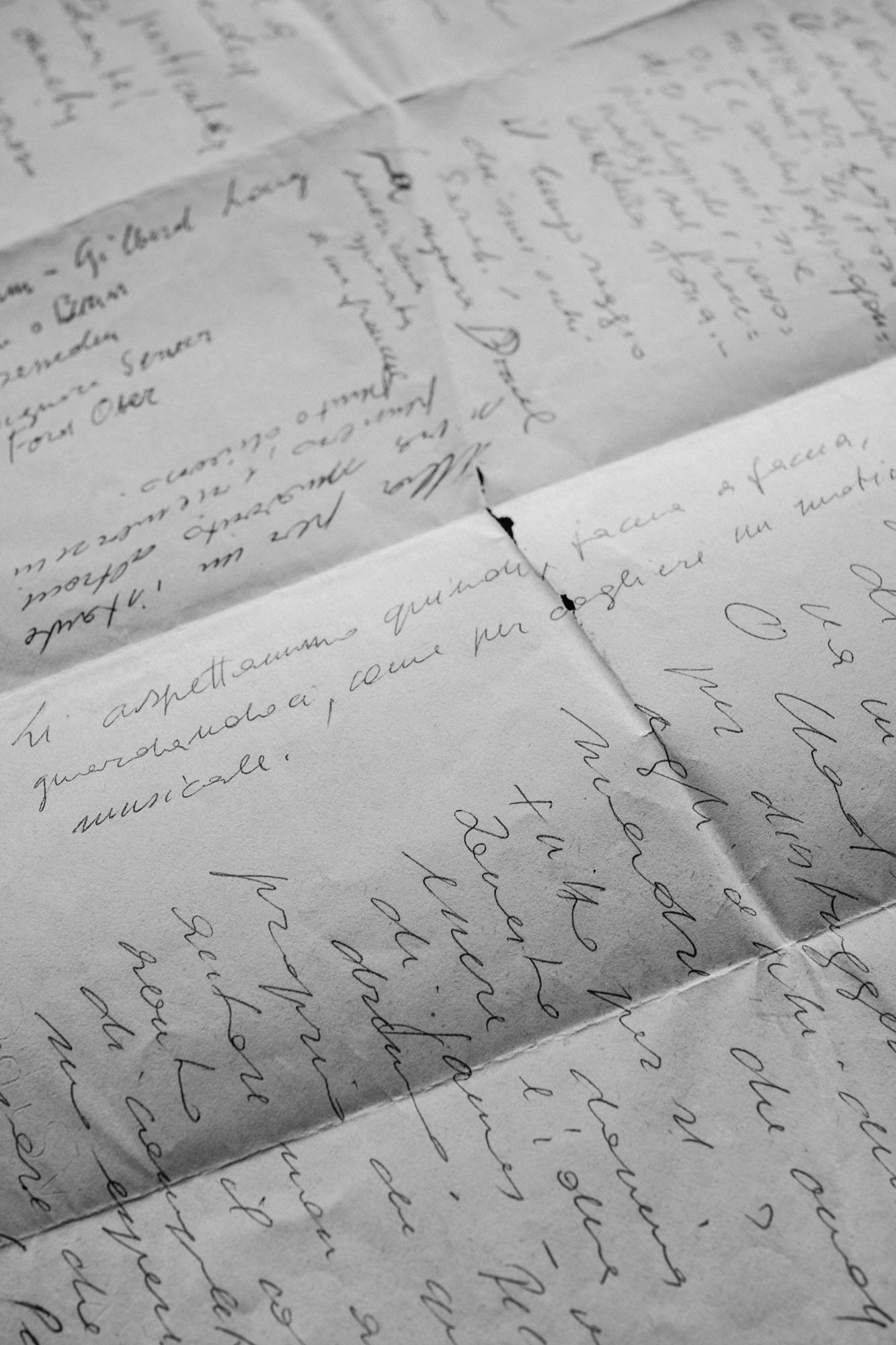
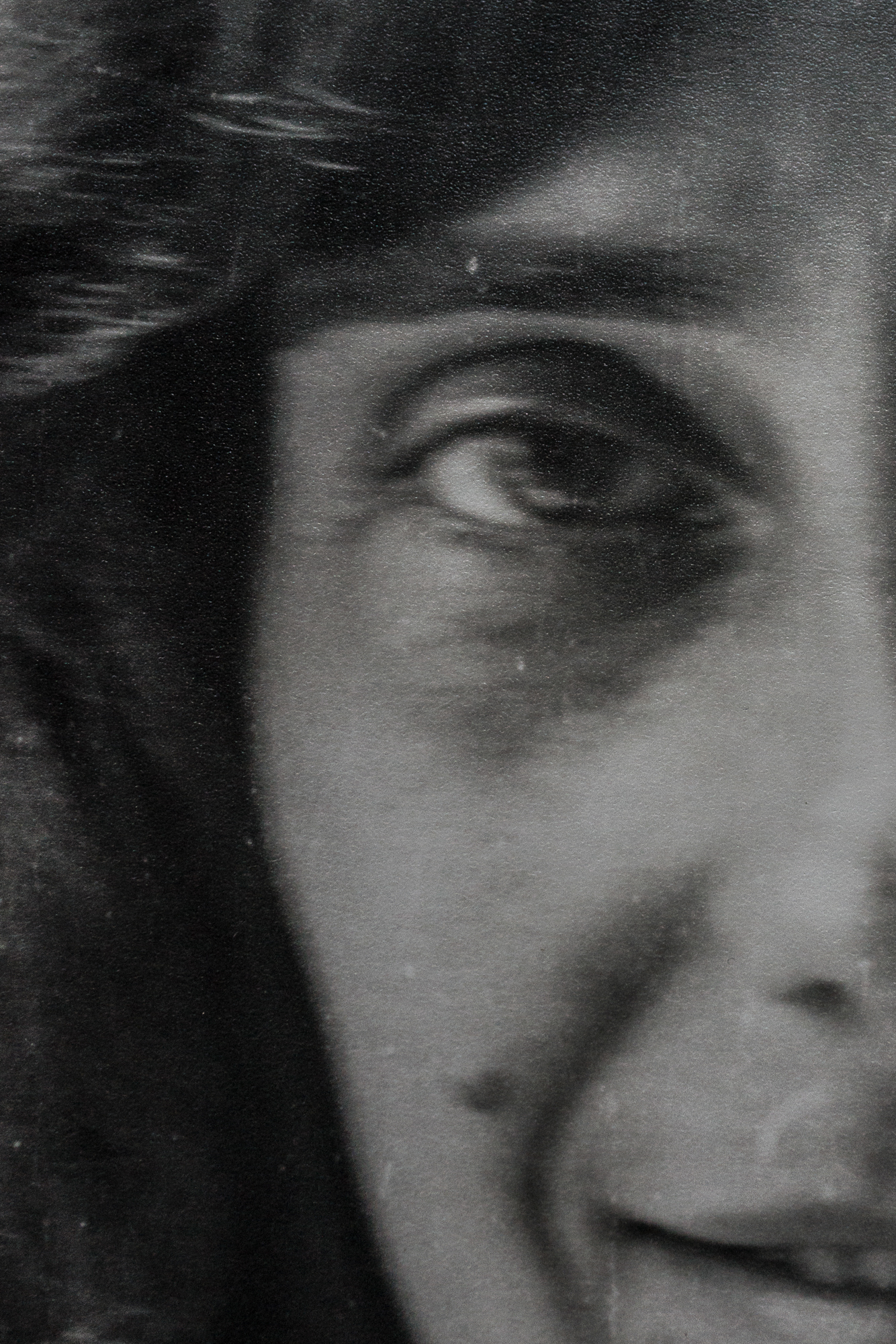
1- A manuscript by Goliarda Sapienza.
2- Detail of an image of Goliarda Sapienza taken by Angelo Pellegrino.




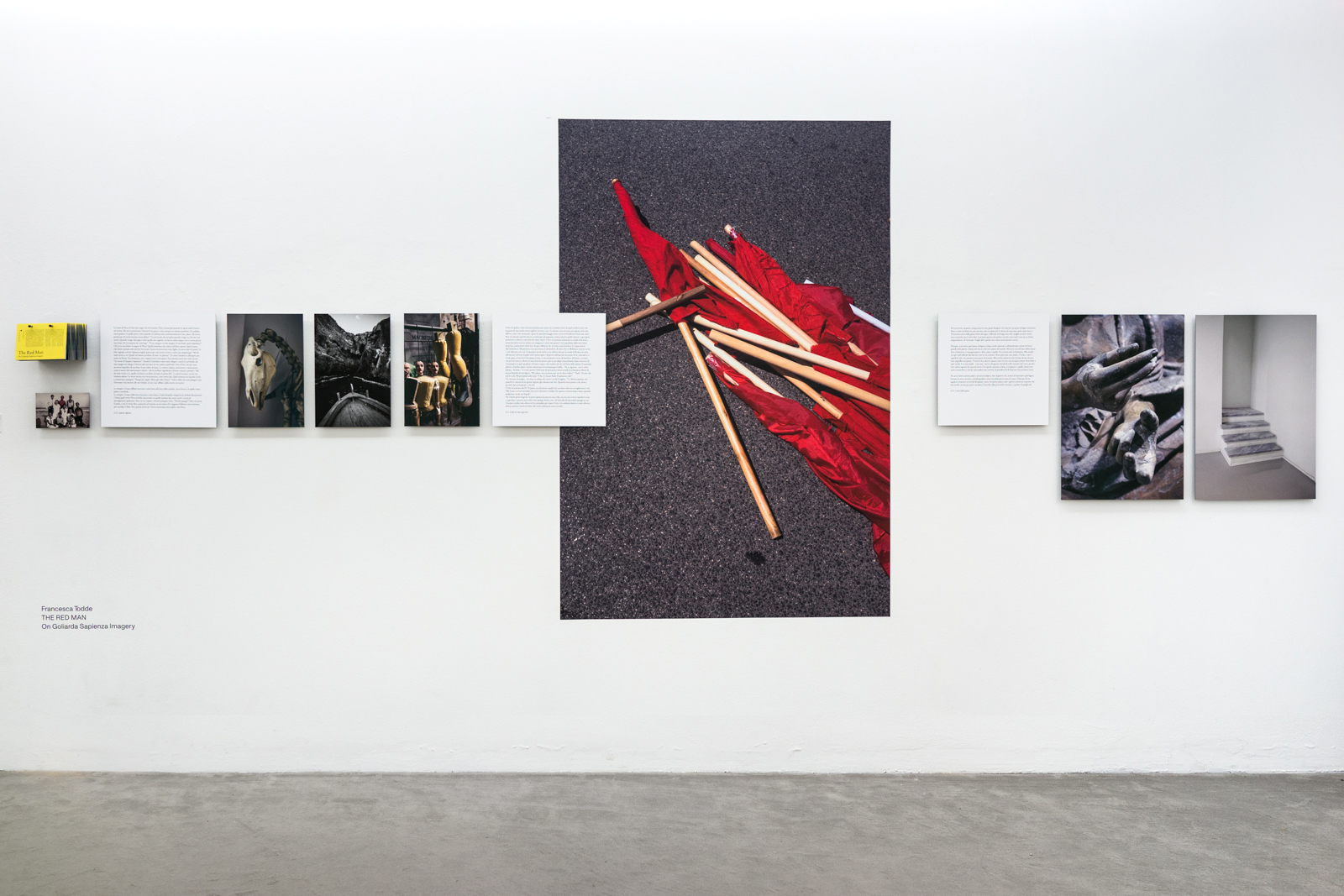
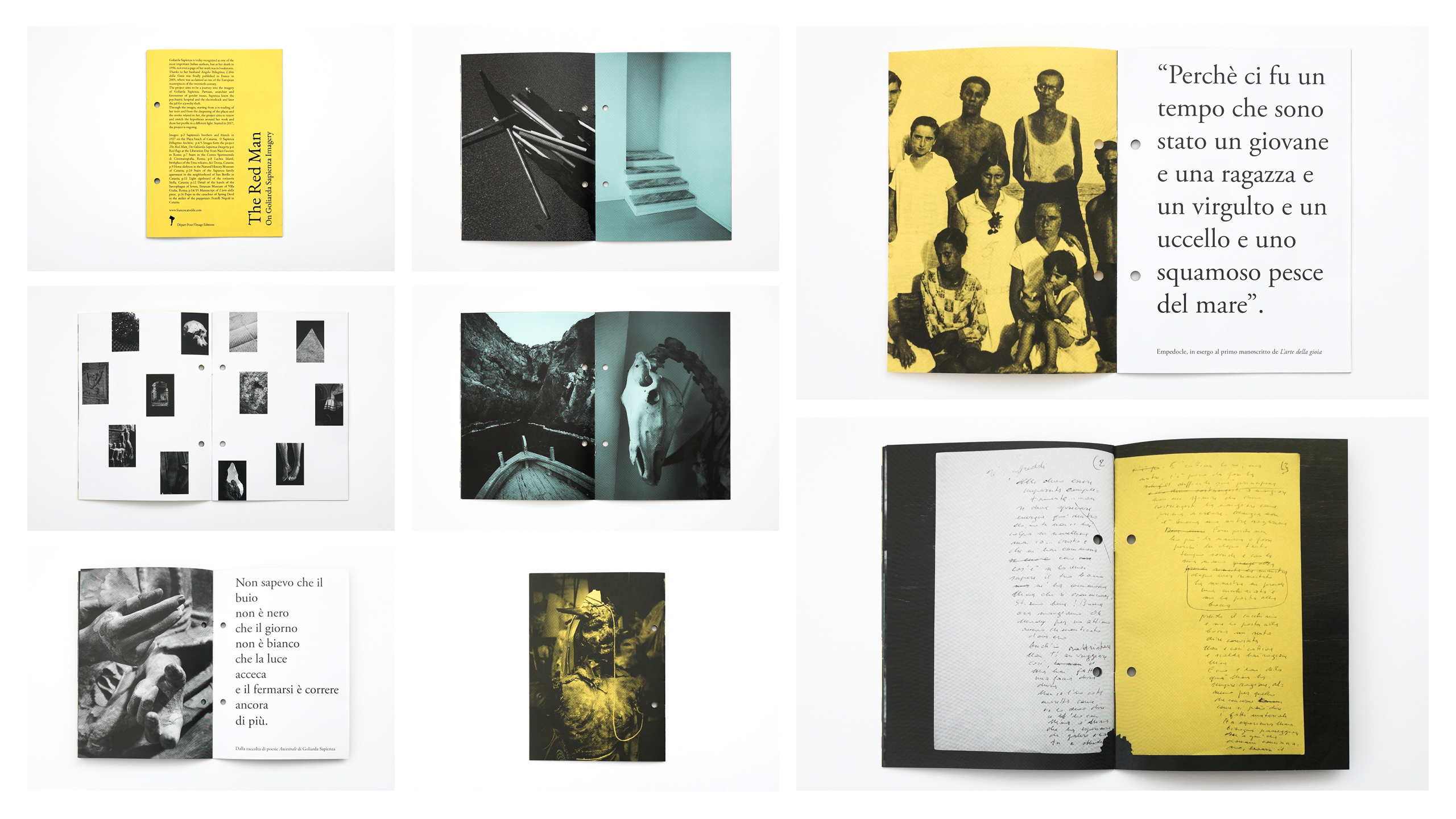
Exhibition Looking On - Sguardi e prospettive sulla nuova fotografia italiana A project by Osservatorio Fotografico, curated by Chiara Bardelli Nonino, Federica Chiocchetti, Silvia Loddo, Elisa Medde, Giulia Ticozzi, Giulia Zorzi - MAR Ravenna, 2019

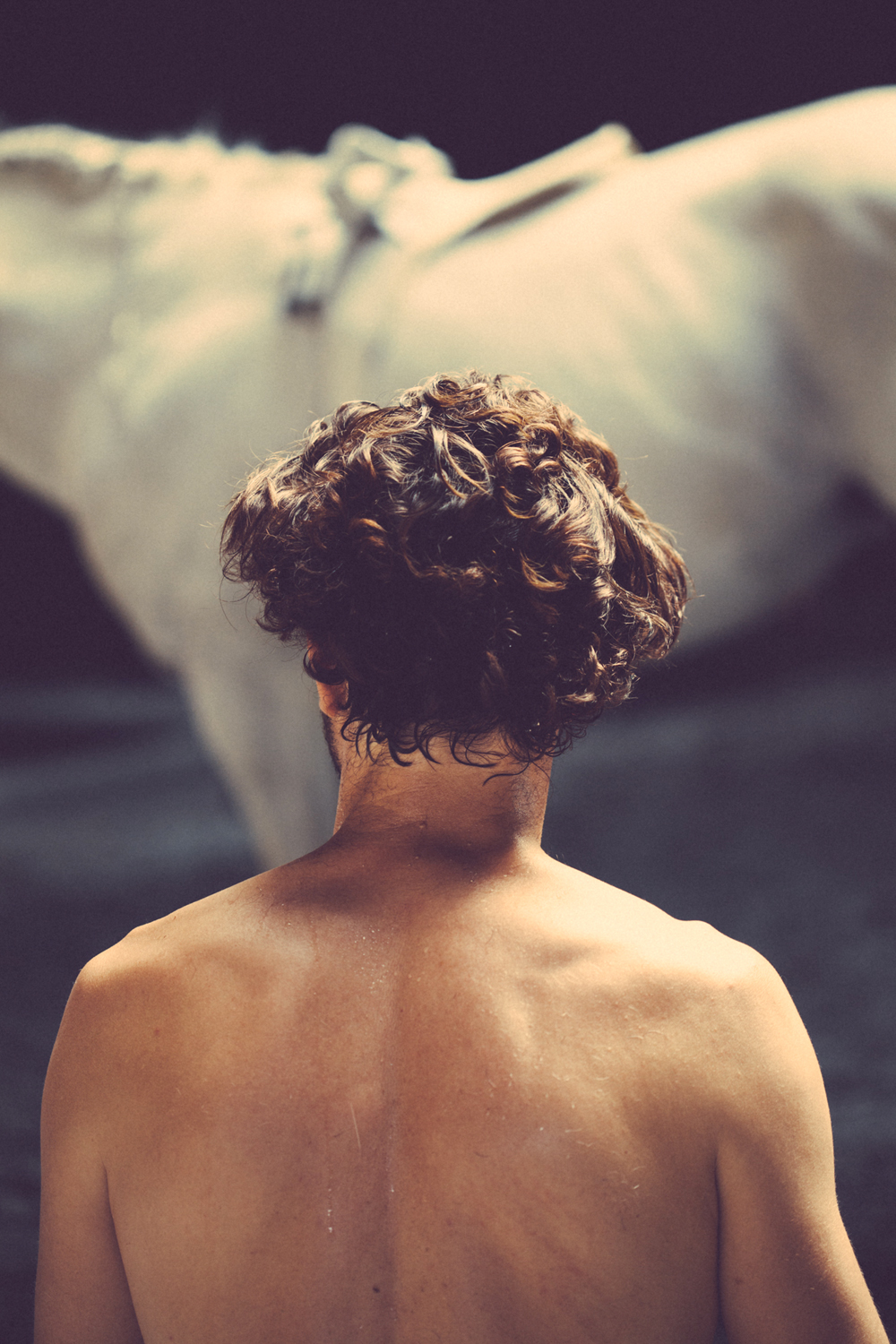
The Théâtre du Centaure is based in Marseille, in La Jarre in the Hauts de Mazargues, a sensitive urban area bordering the Parc national des Calanques, and works around the utopia of union between man and animal. The family, a dozen humans and equines, share the premises of the theater, a space that speaks of work, performance, life.
The Centaurs attempt to give new meanings to theater with animals: the experience of shared life, the training that follows slow rhythms, the formation that resembles a mutual knowledge, the desire to represent an archaic union of the human race as a symbol of our interdependence with other natural species.
France, 2014/Ongoing


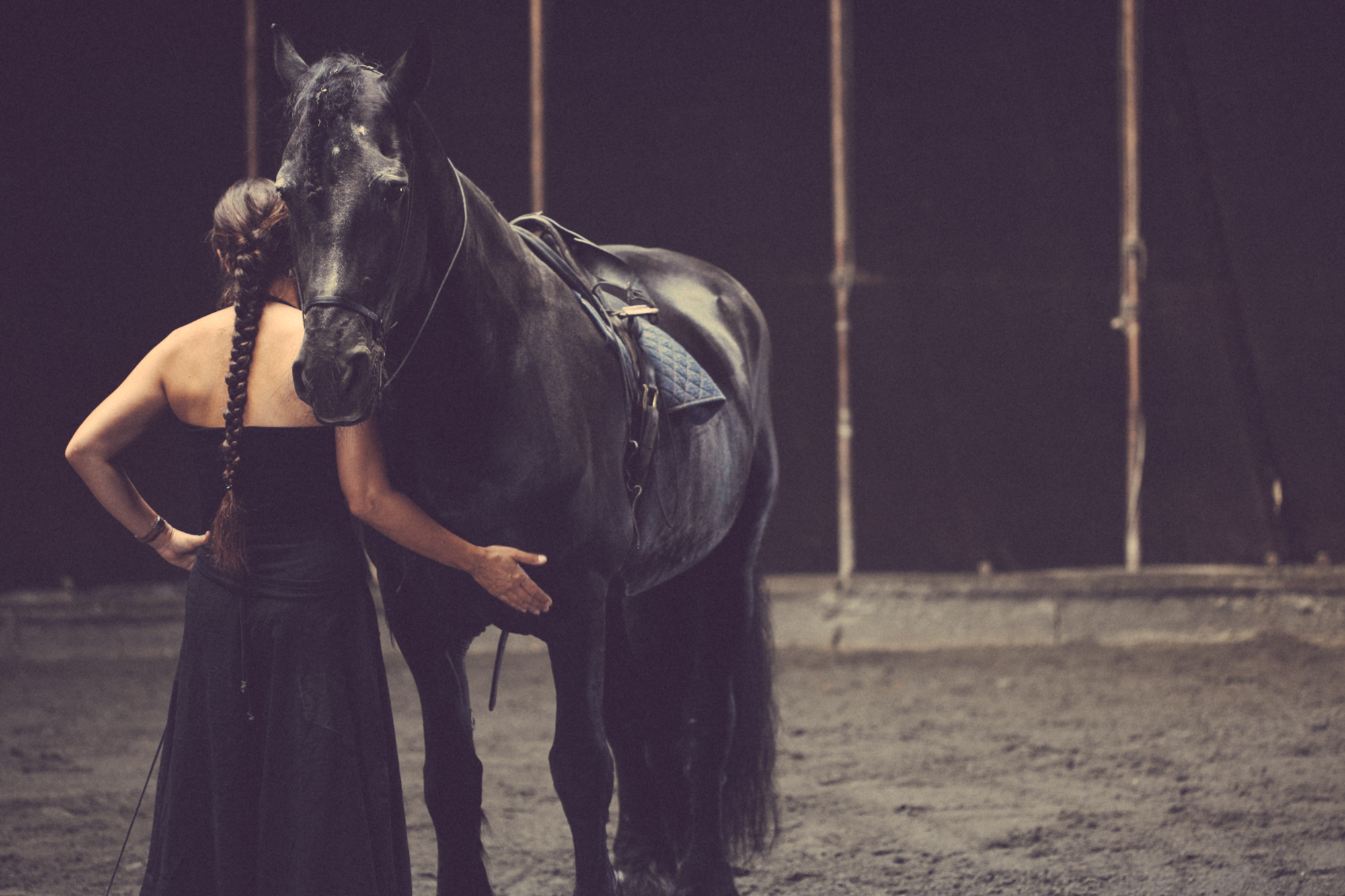


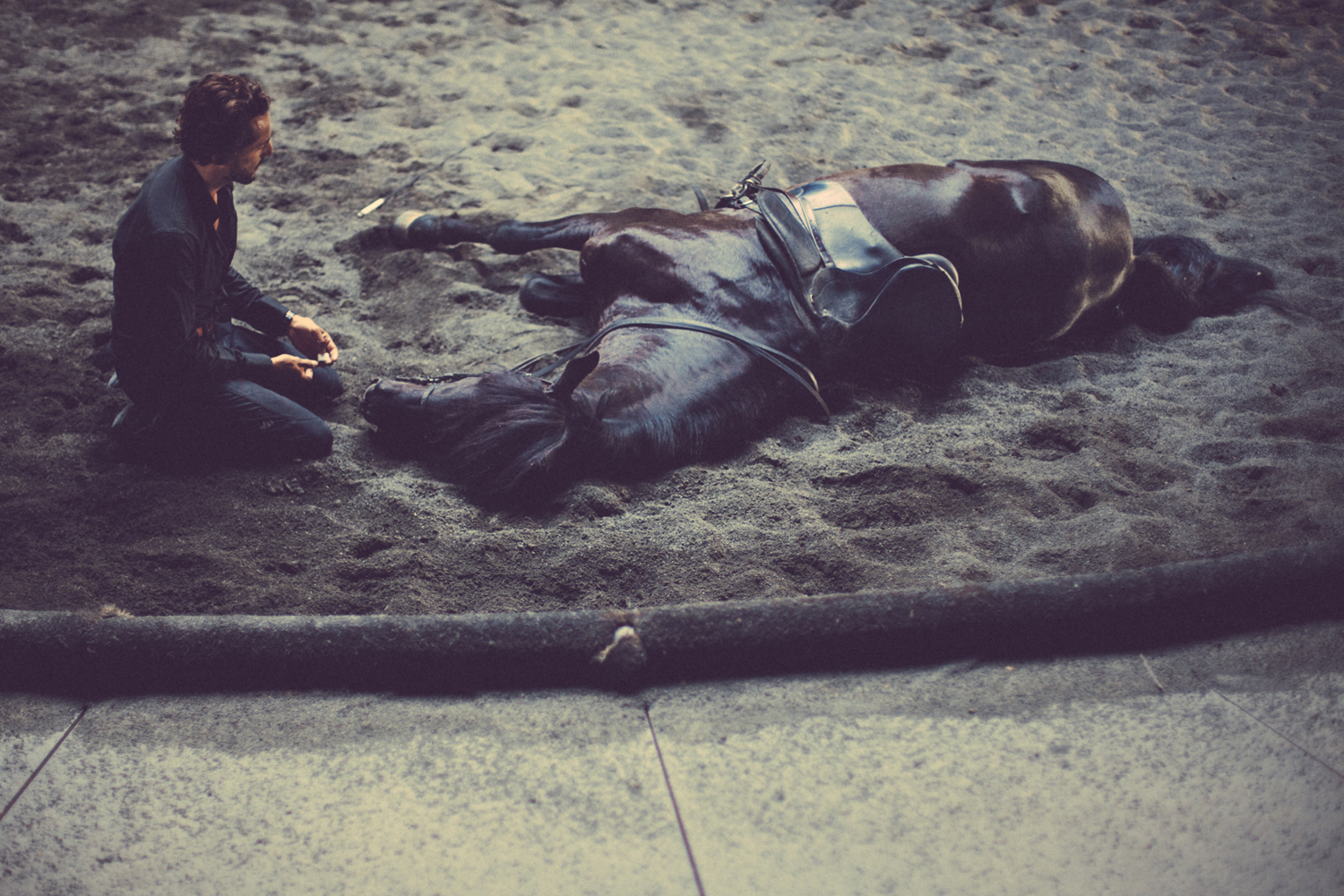

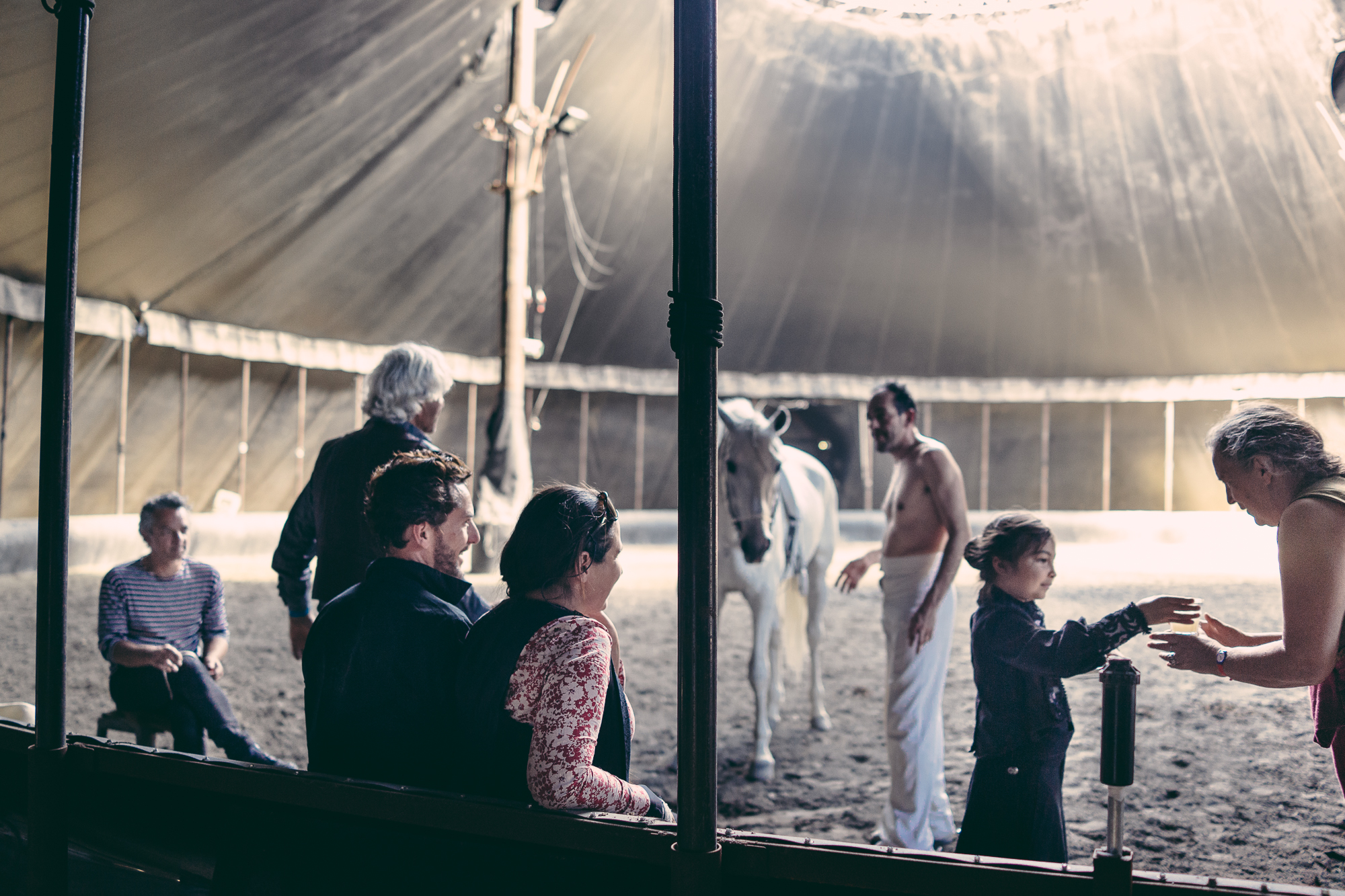
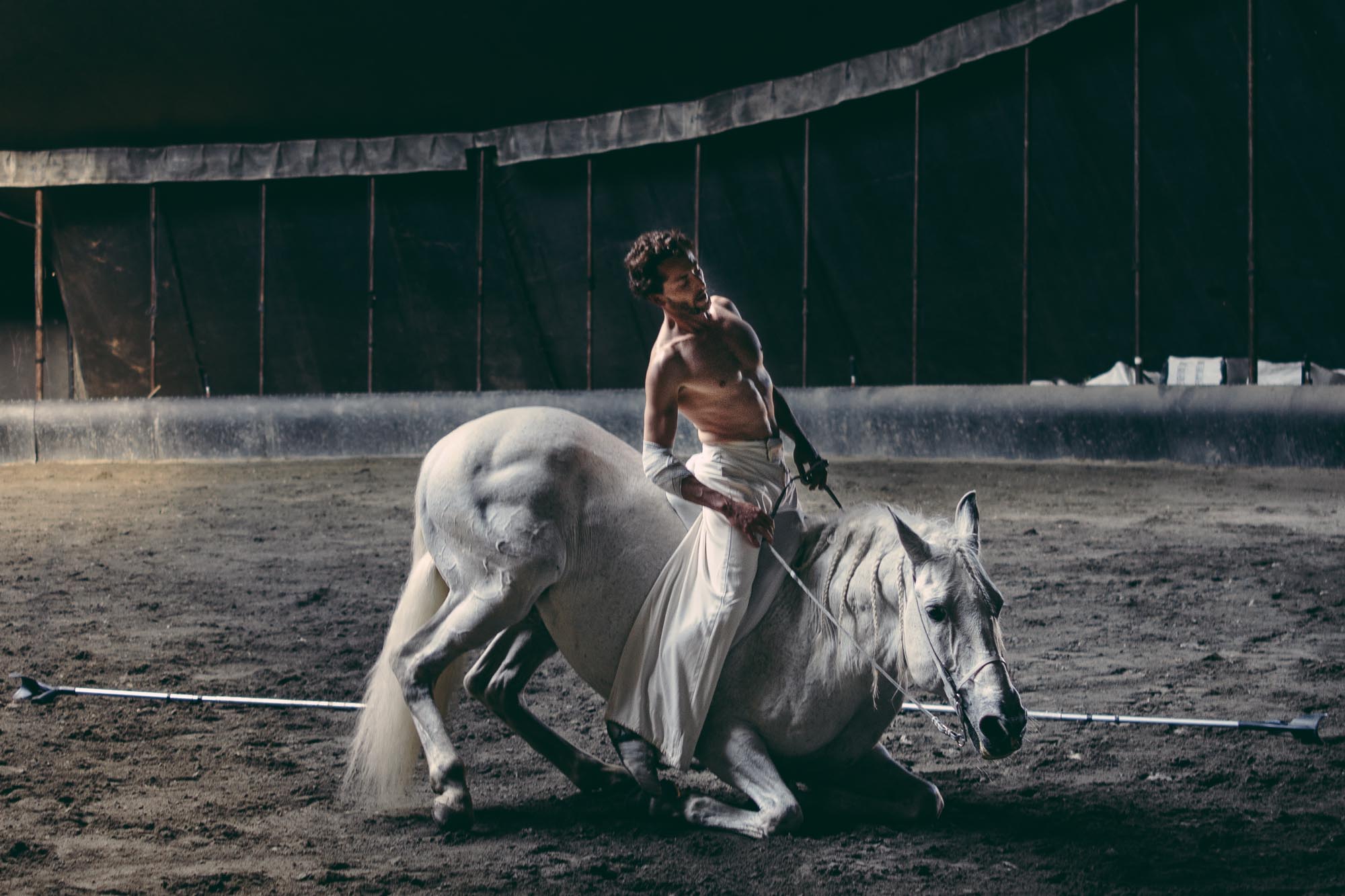
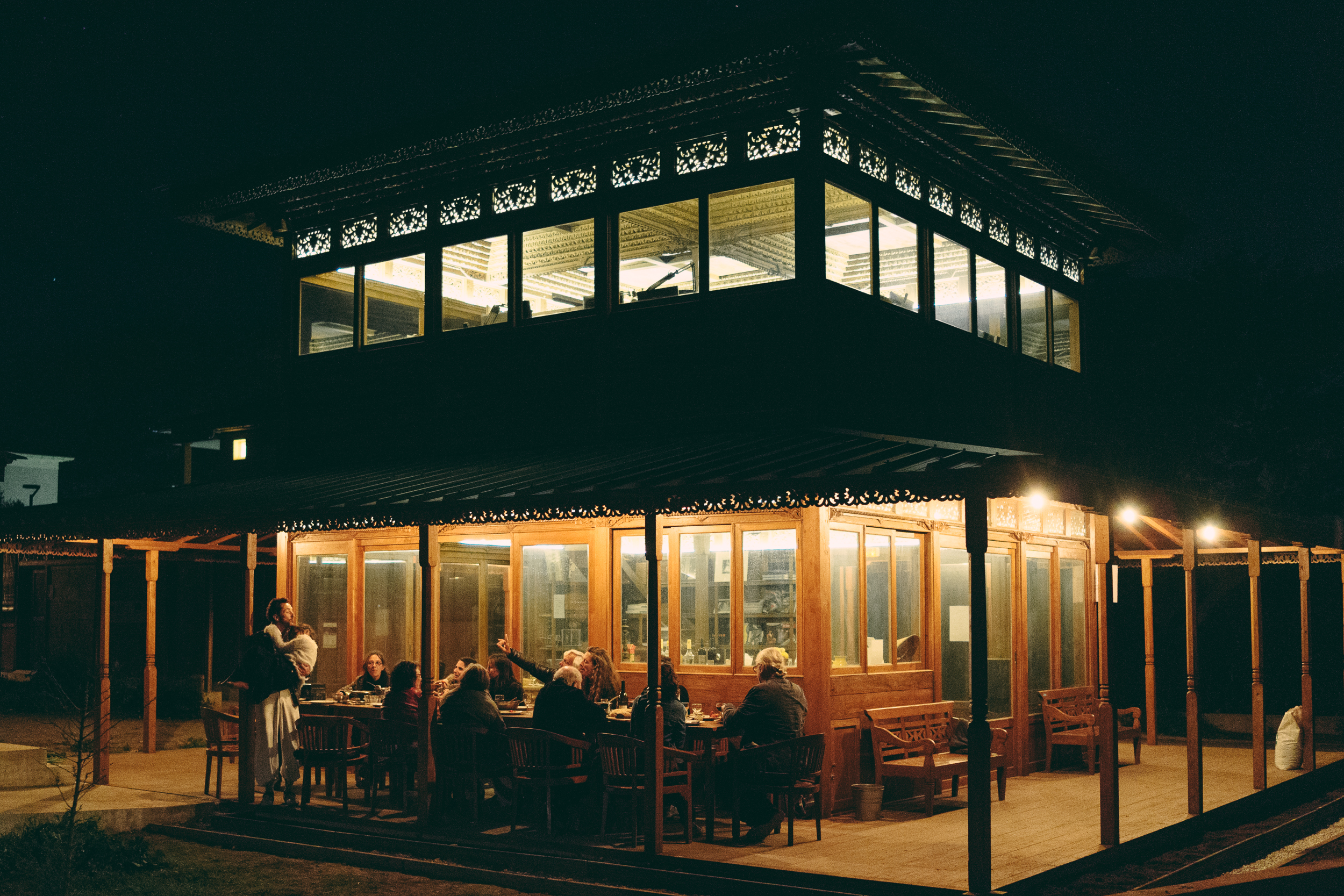
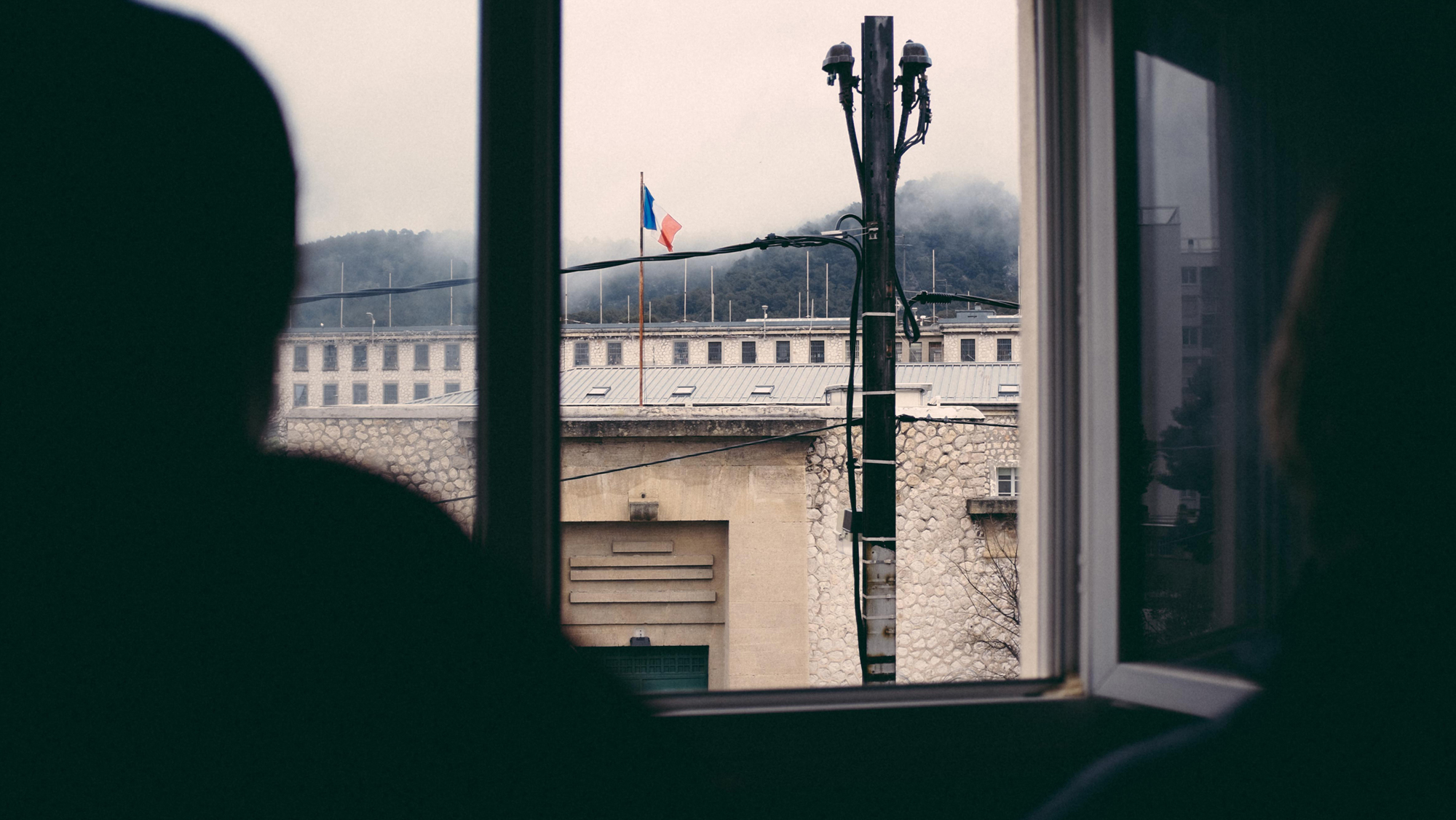
Marseille, penitentiary of Les Baumettes. October, beginning of afternoon, a horse makes its entry on the beaten ground of the courtyard of the Desert.
Through the screened windows that overhang it, from the cells of one or two places, someone sees it first, and shouts. The summoned prisoners, selected from the next released, slowly take their places, intimidated by the presence of the animal and the look of the comrades who observe them from their windows.
At the end of the workshop, they galloped their eyes closed, letting go the reins to mimic the bird in full flight, they will have stretched themselves on the horse and they will have entwined the great beast, immobile for long minutes, carried away in this animal exchange, without words or judgment. A form - in their own words - of emotional reintegration.
Images taken during the workshops conducted in two times in 2014 / 2015 by the Théâtre du Centaure in the prison of Les Baumettes, Marseille.
With the support of the Provence-Alpes-Cote d’Azur Region - the main partner and the Marseille-Les Baumettes Penitentiary Center. In partnership with the State - Ministry of Justice, the Interregional Directorate of Penal Services PACA Corse, the Penitentiary Service of Institution and Probation of the Bouches-du-Rhone. And with the support of The Impossible Project.


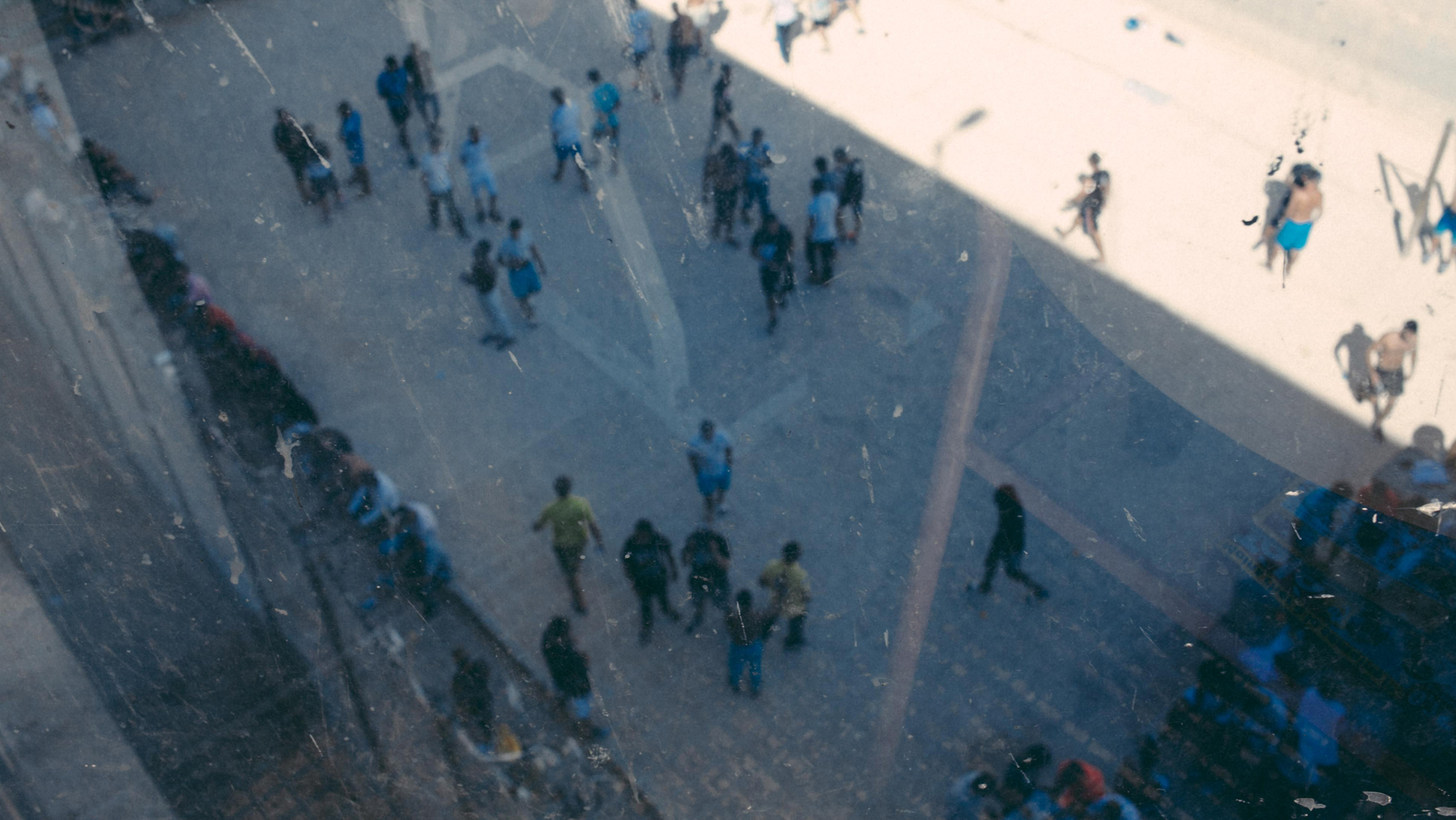
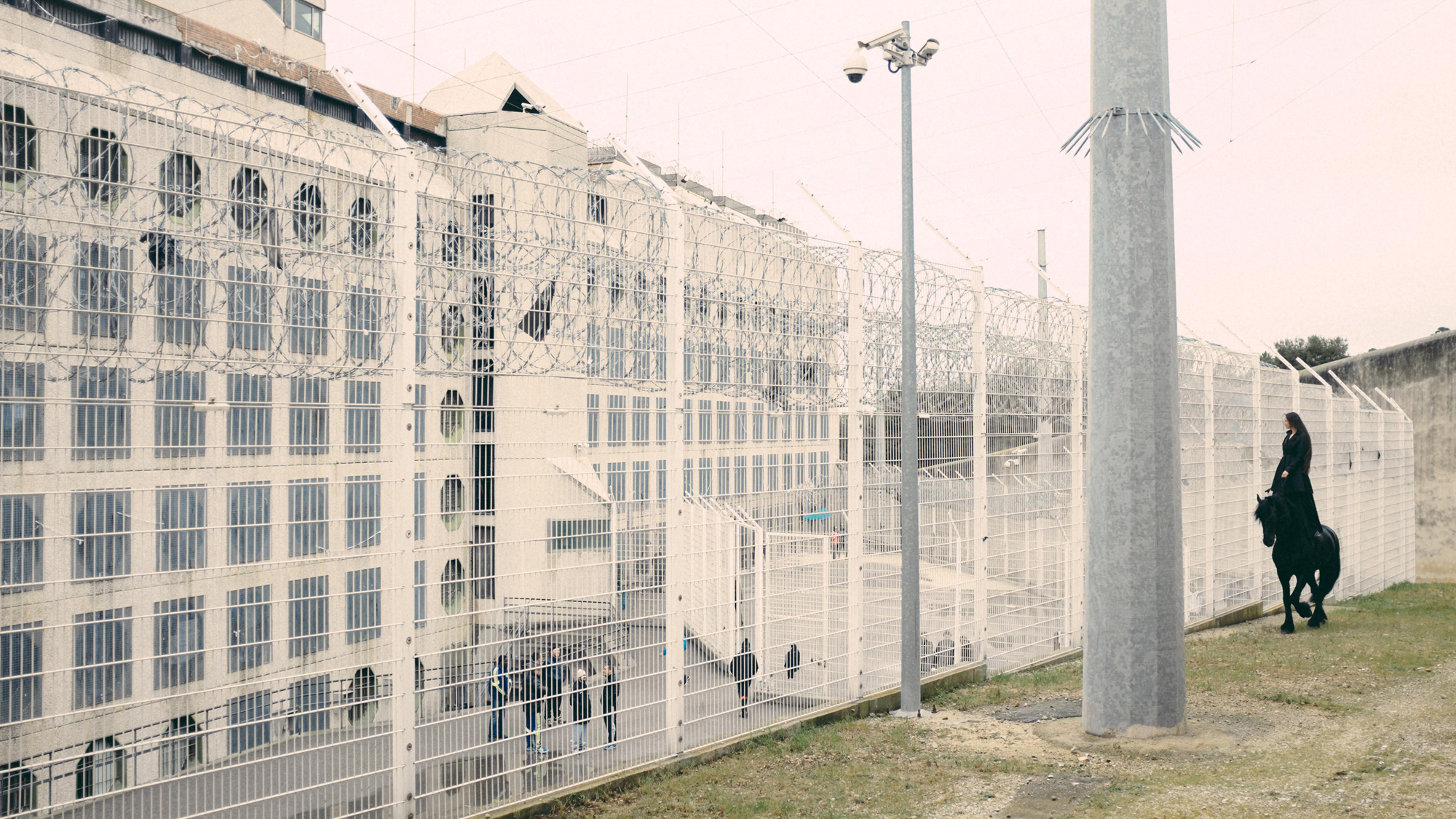
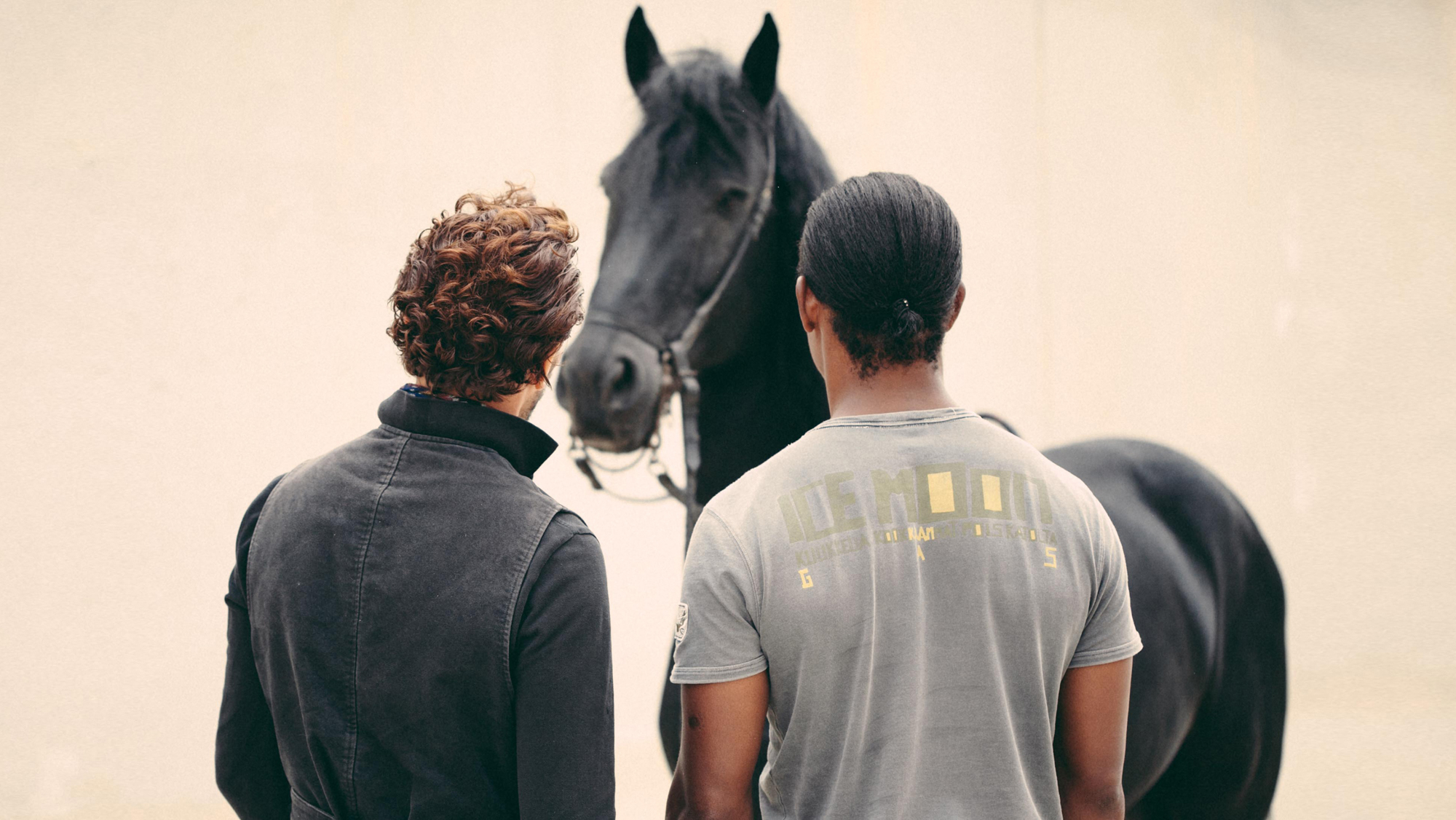
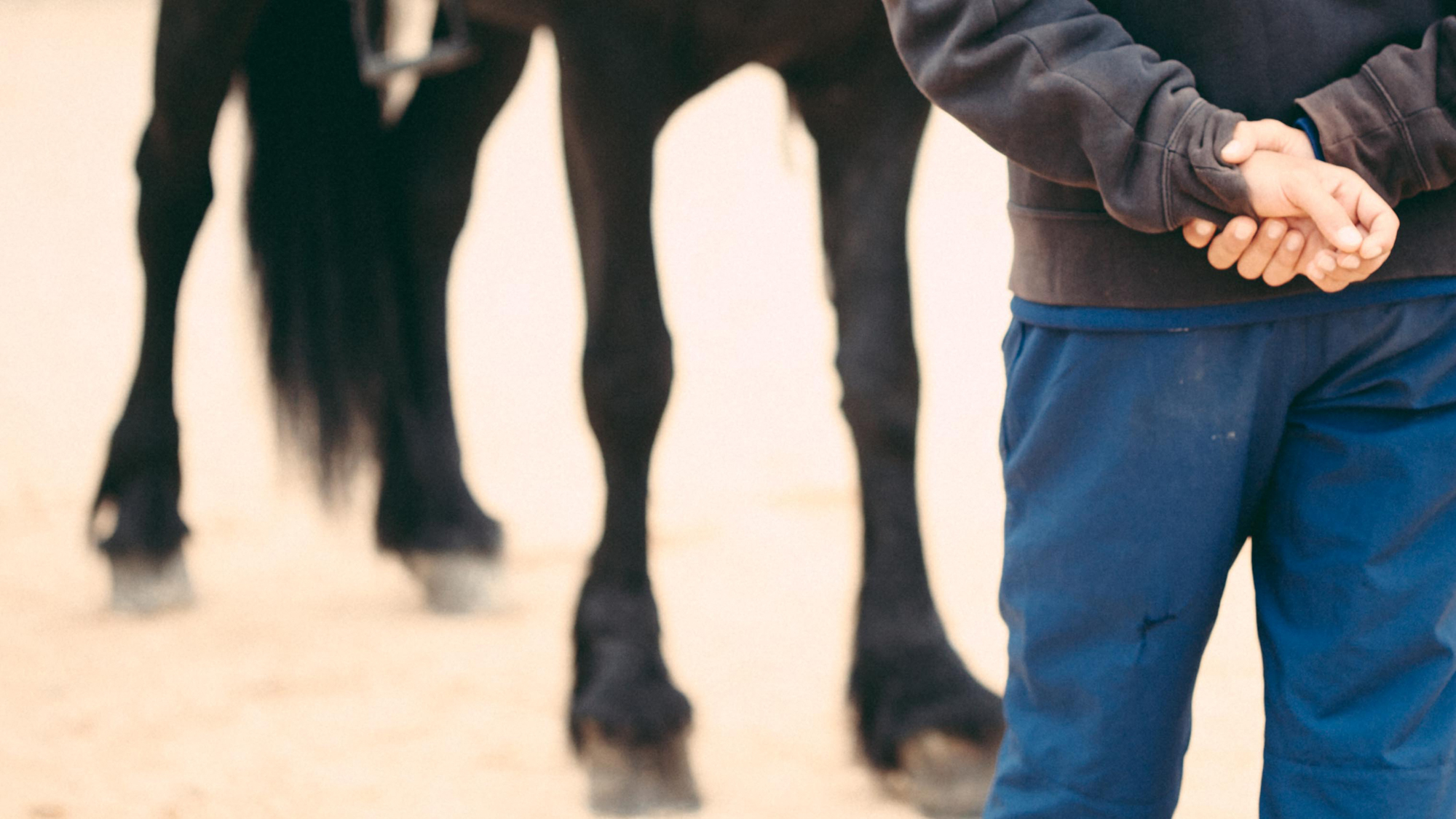

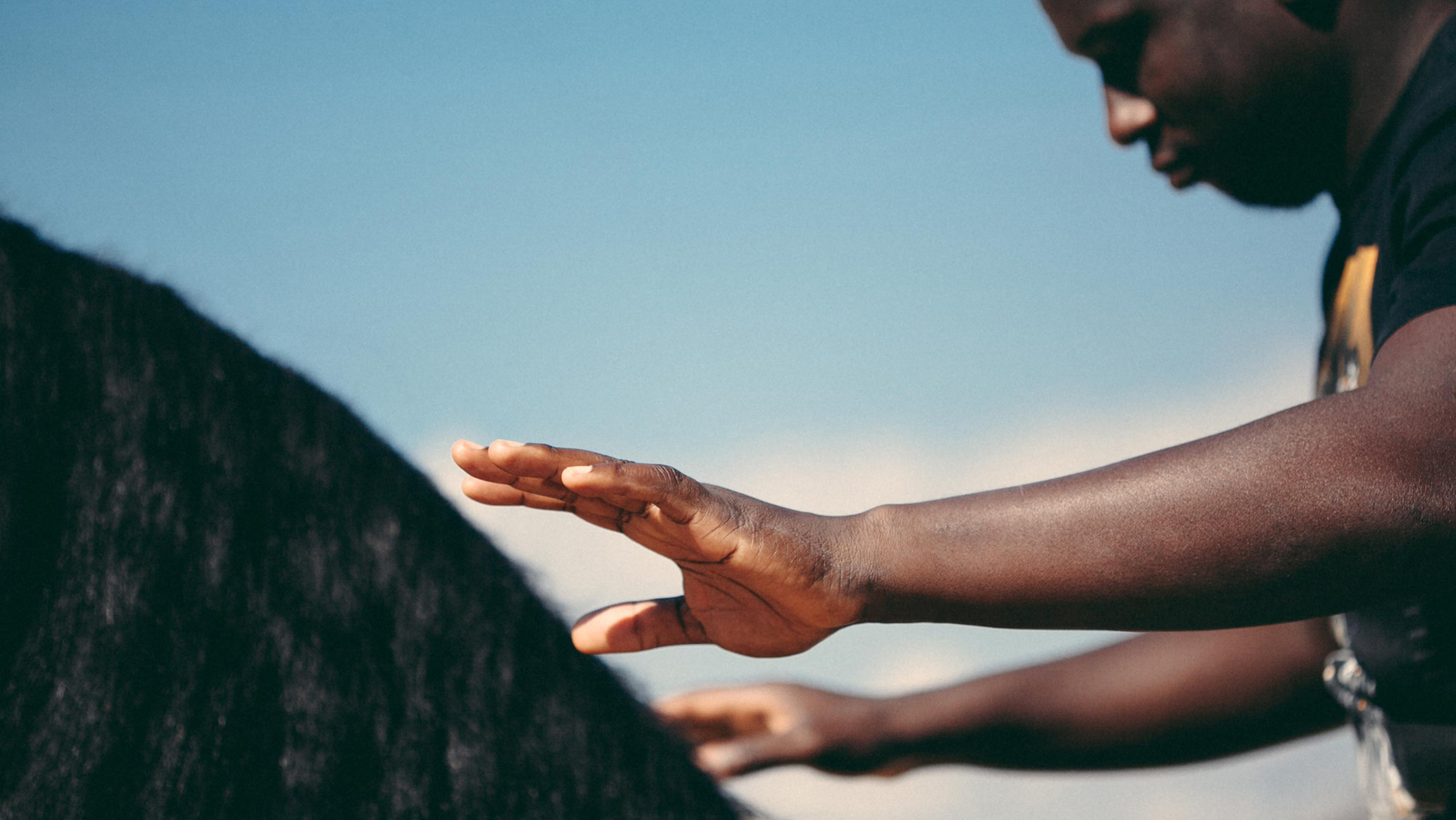

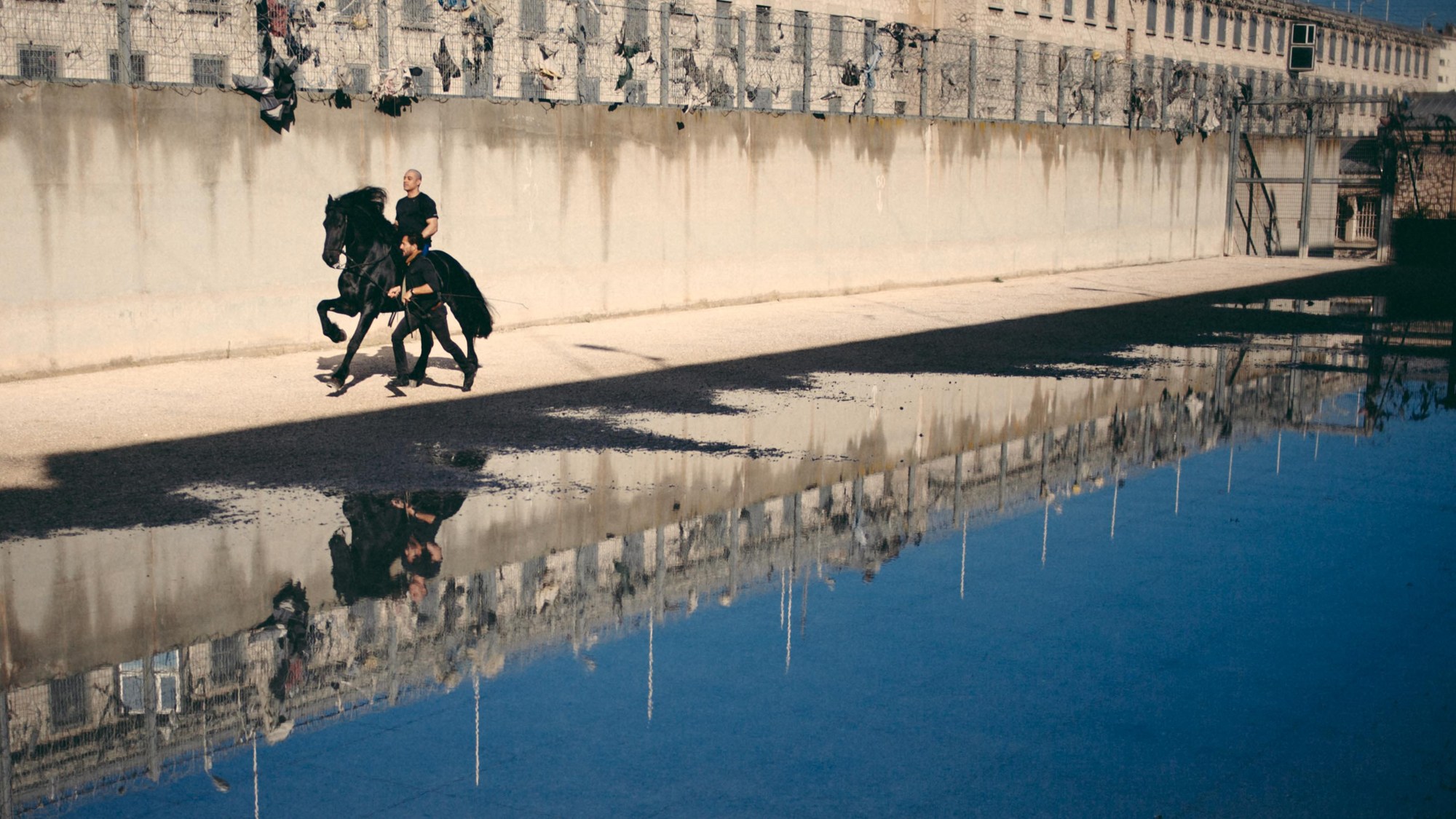
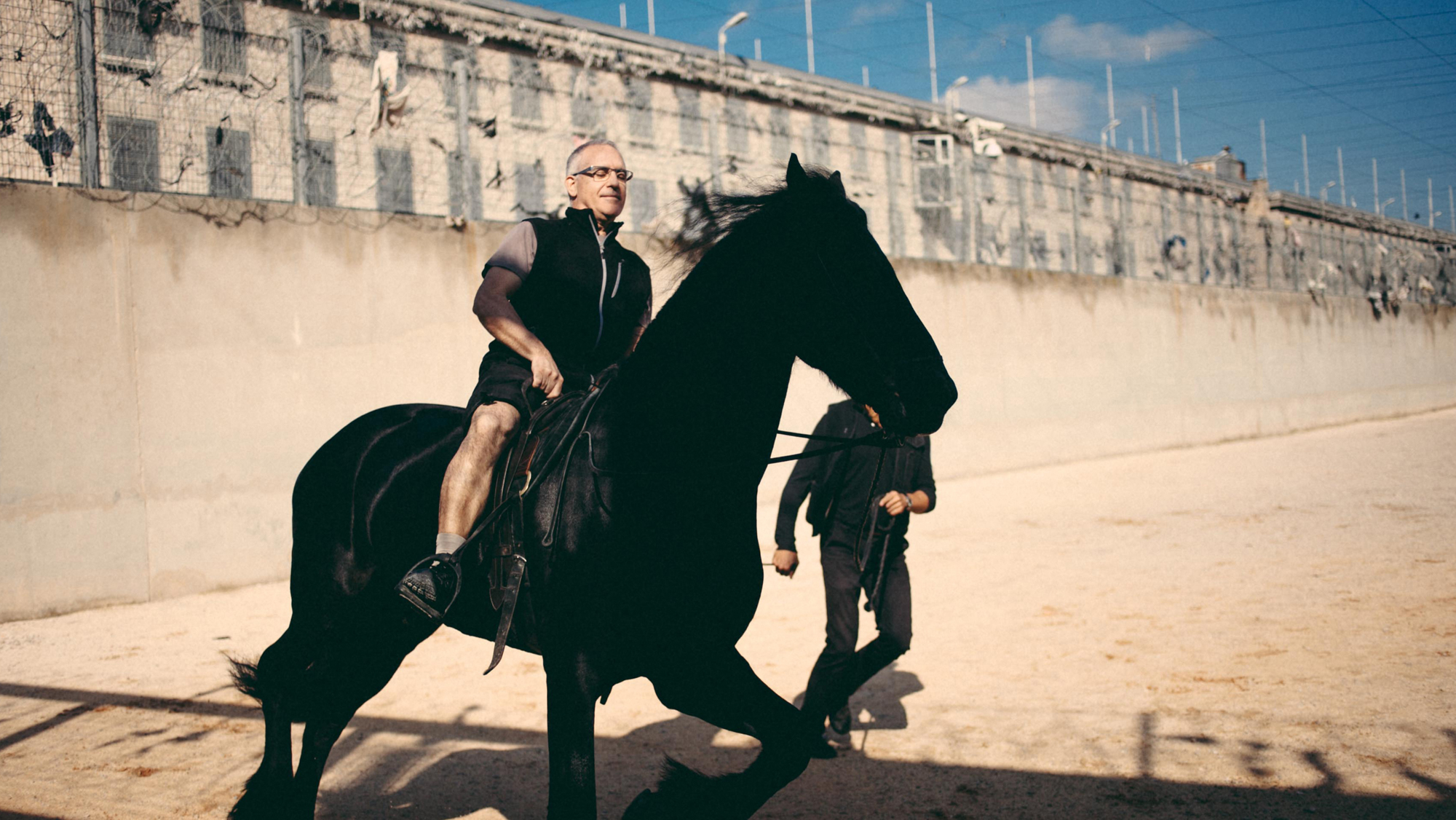
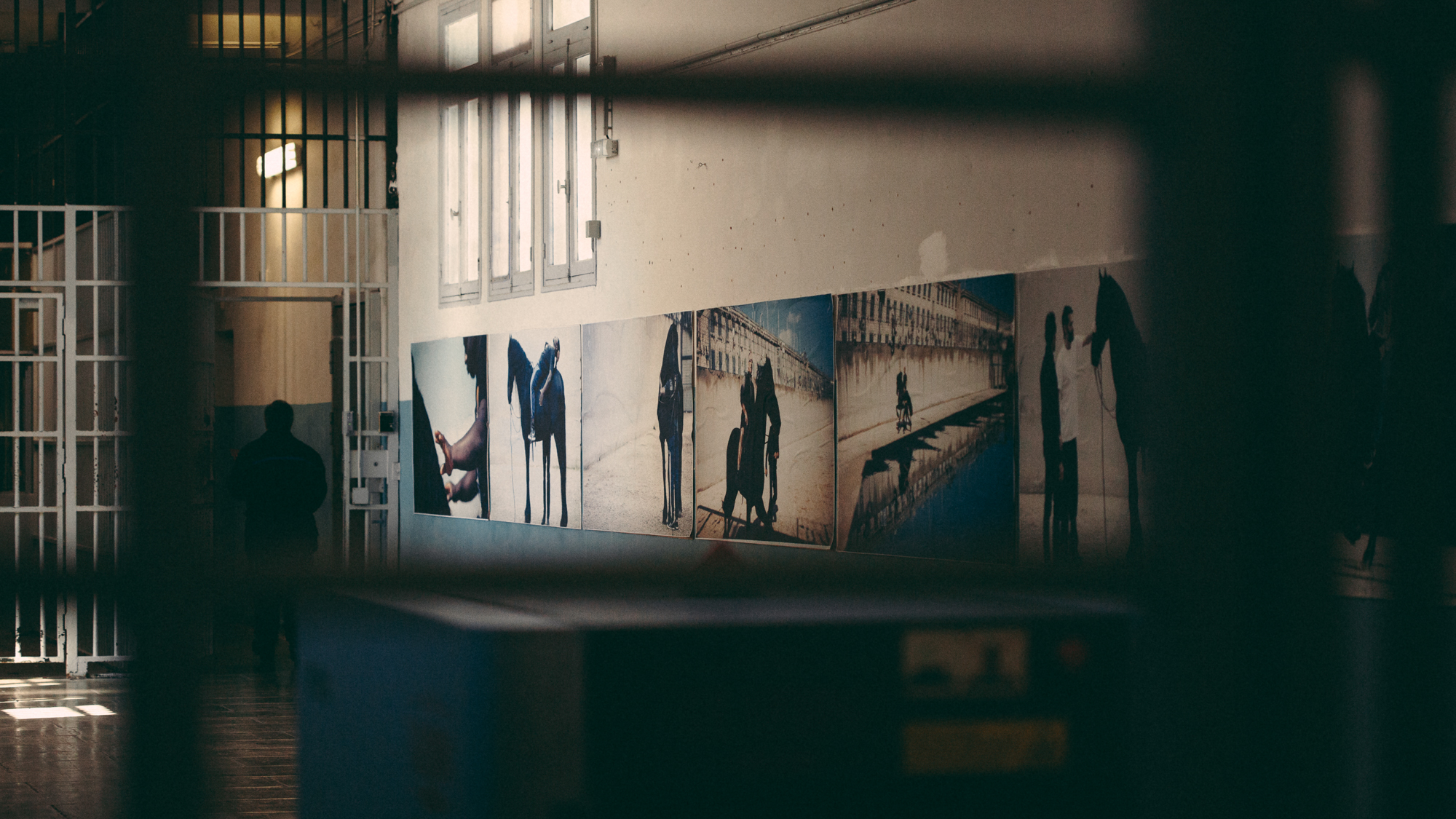
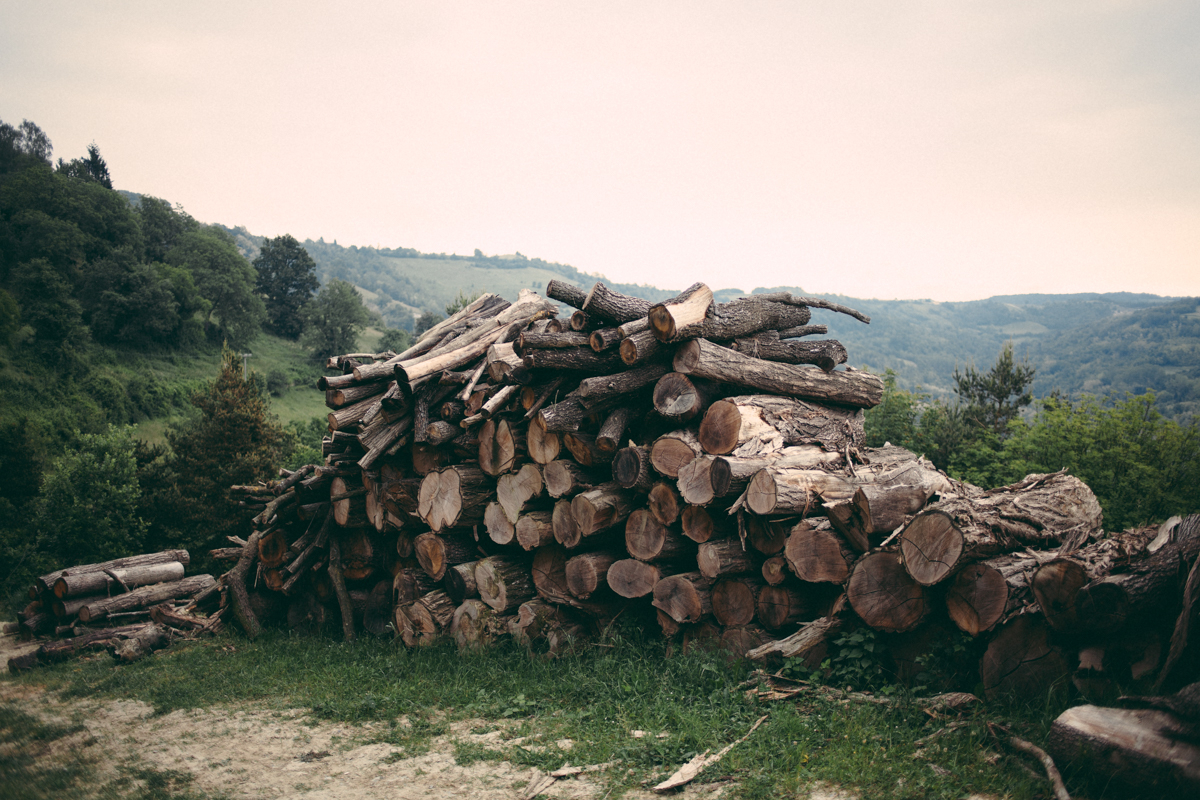

Along the crests of the hills of the Langhe-Monferrato territory, exploring contemporary forms of breeding alternatives to mass production in the north-west of Italy. Among these shepherds, we can find an idea of rearing which has centenary roots, who takes care of the welfare of the animal before that of its productive capacity, because this is the only way to guarantee the quality of the product which is cheese, honey or meat. Abandoned the epoch of the obsession of growth, there is today the spread of a type of consumption more selective, more attentive to the quality and more interested in cultures of origin of the products themselves. The development of farm holidays and didactic farms, source of income complementary to the breeding, allows to shepherd a better balance with the natural rhythms of work with animals, in harmony with the ecosystem of the territory.
Italy, 2015/2016
